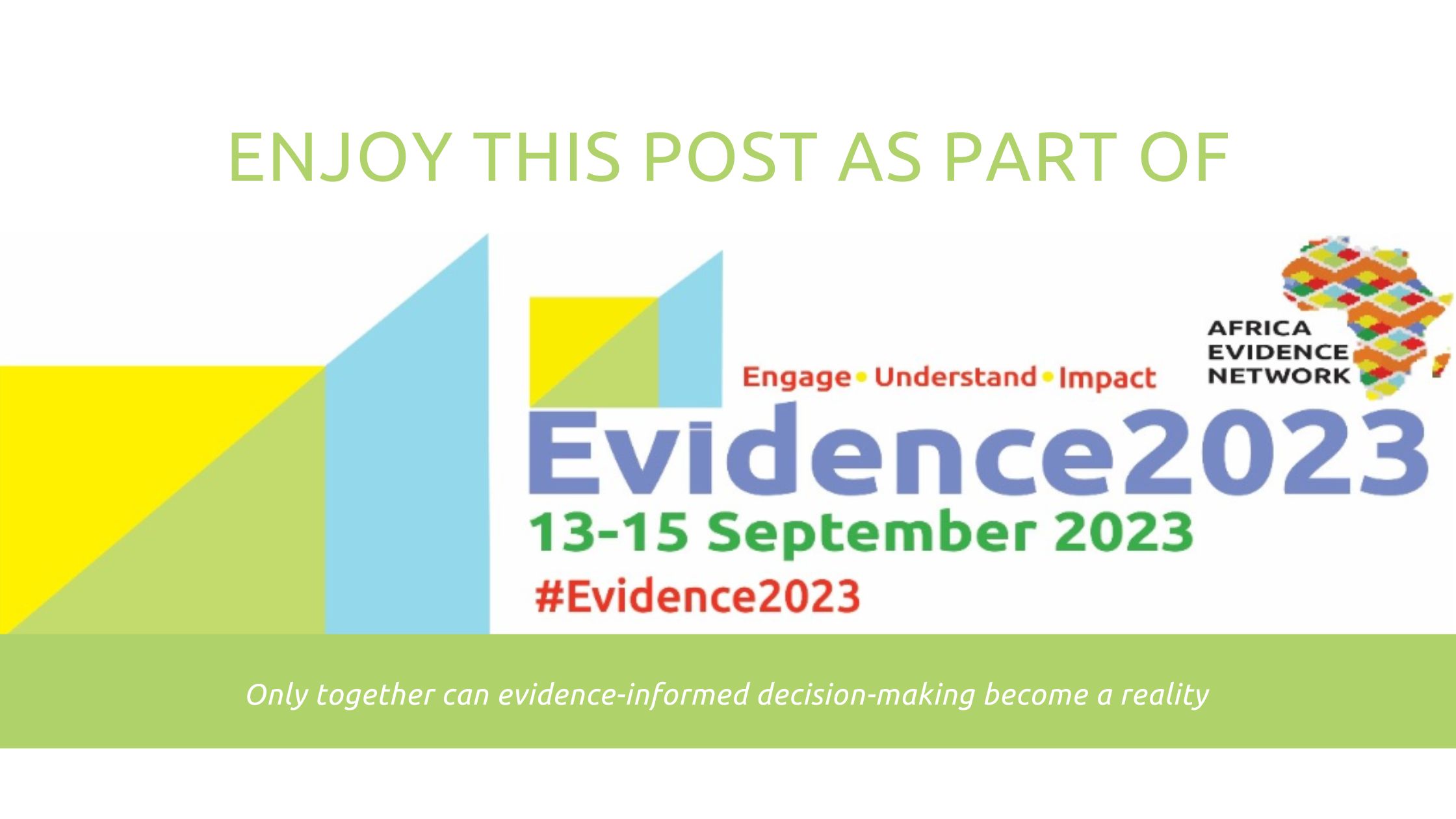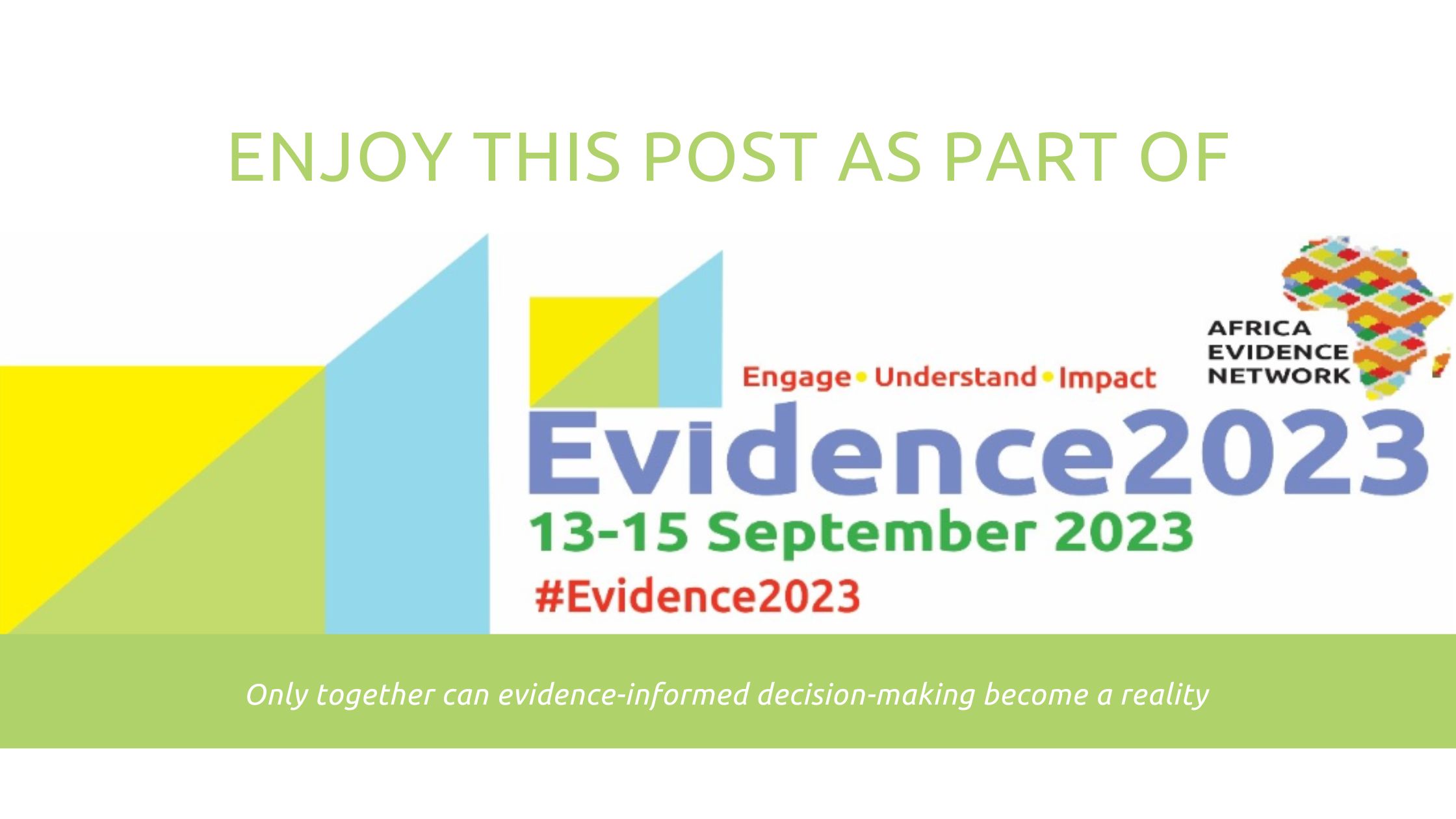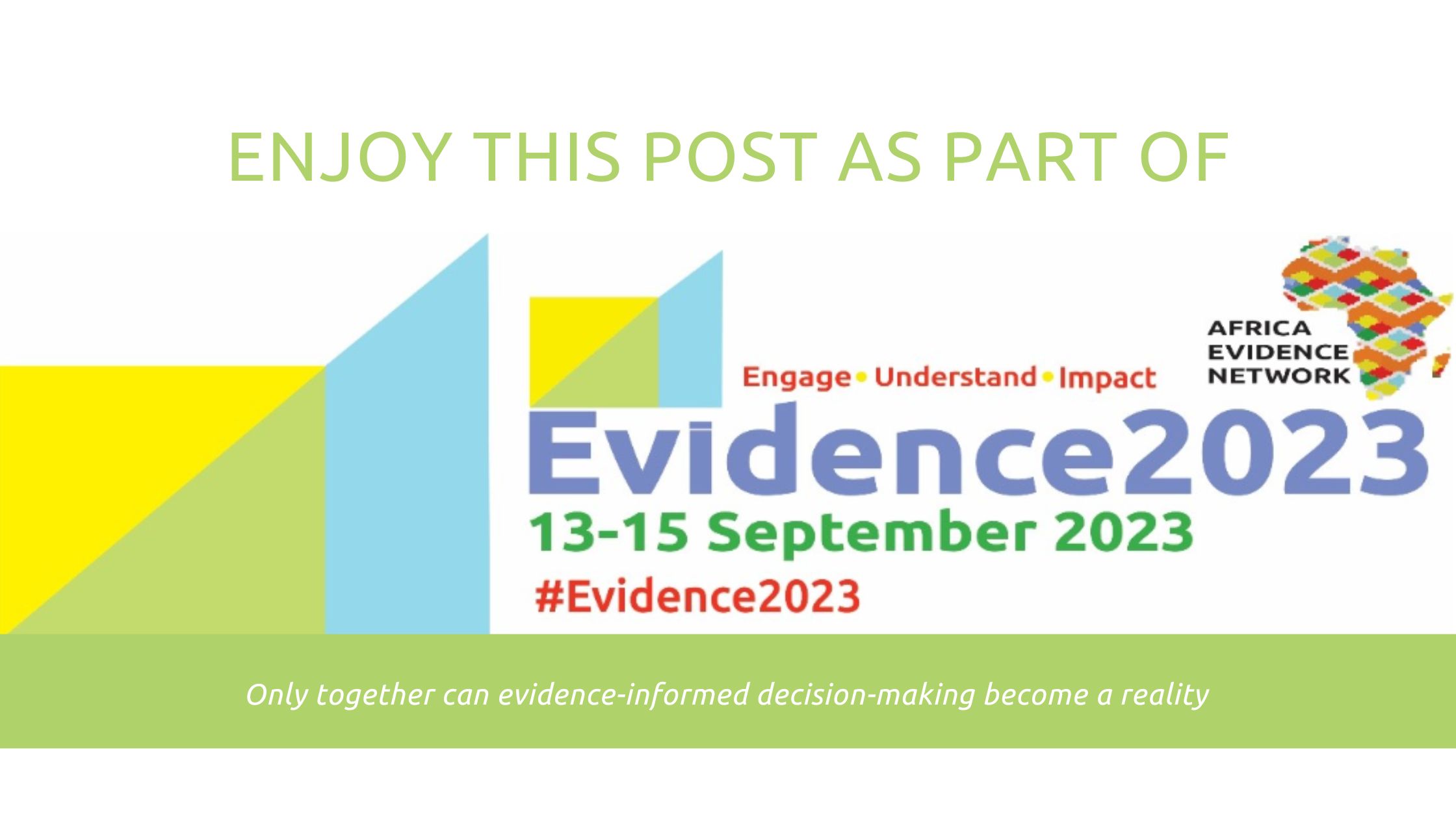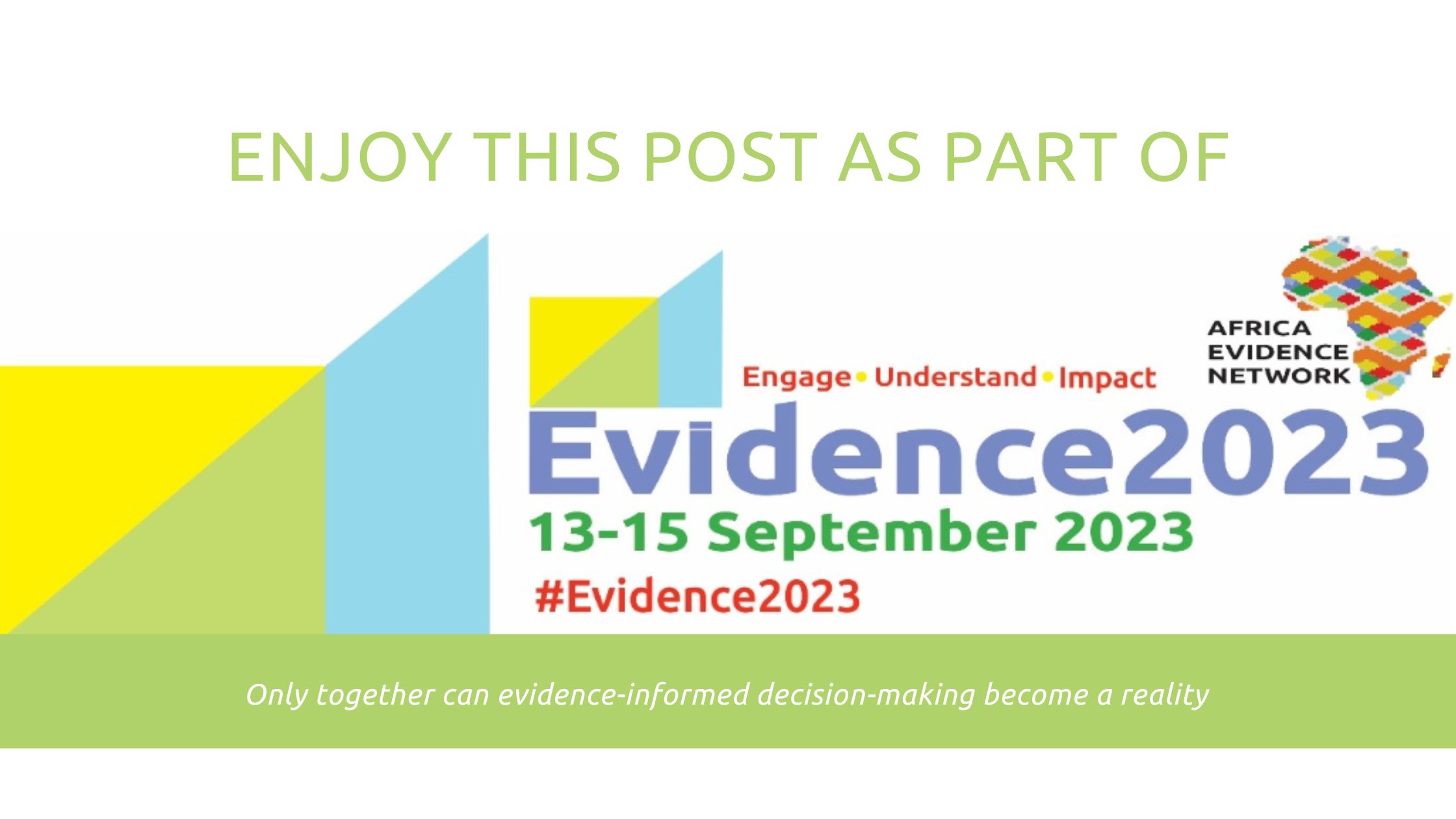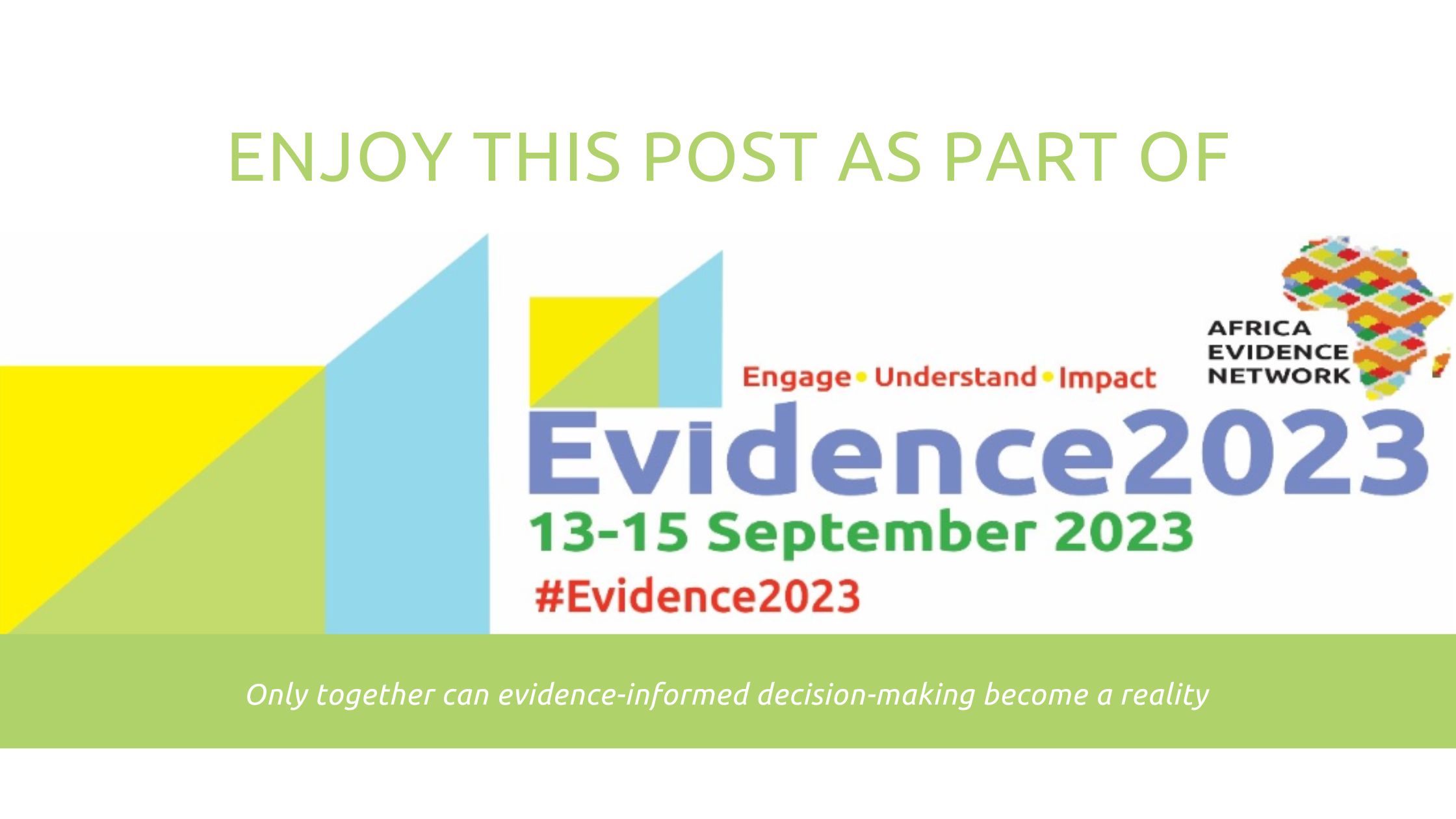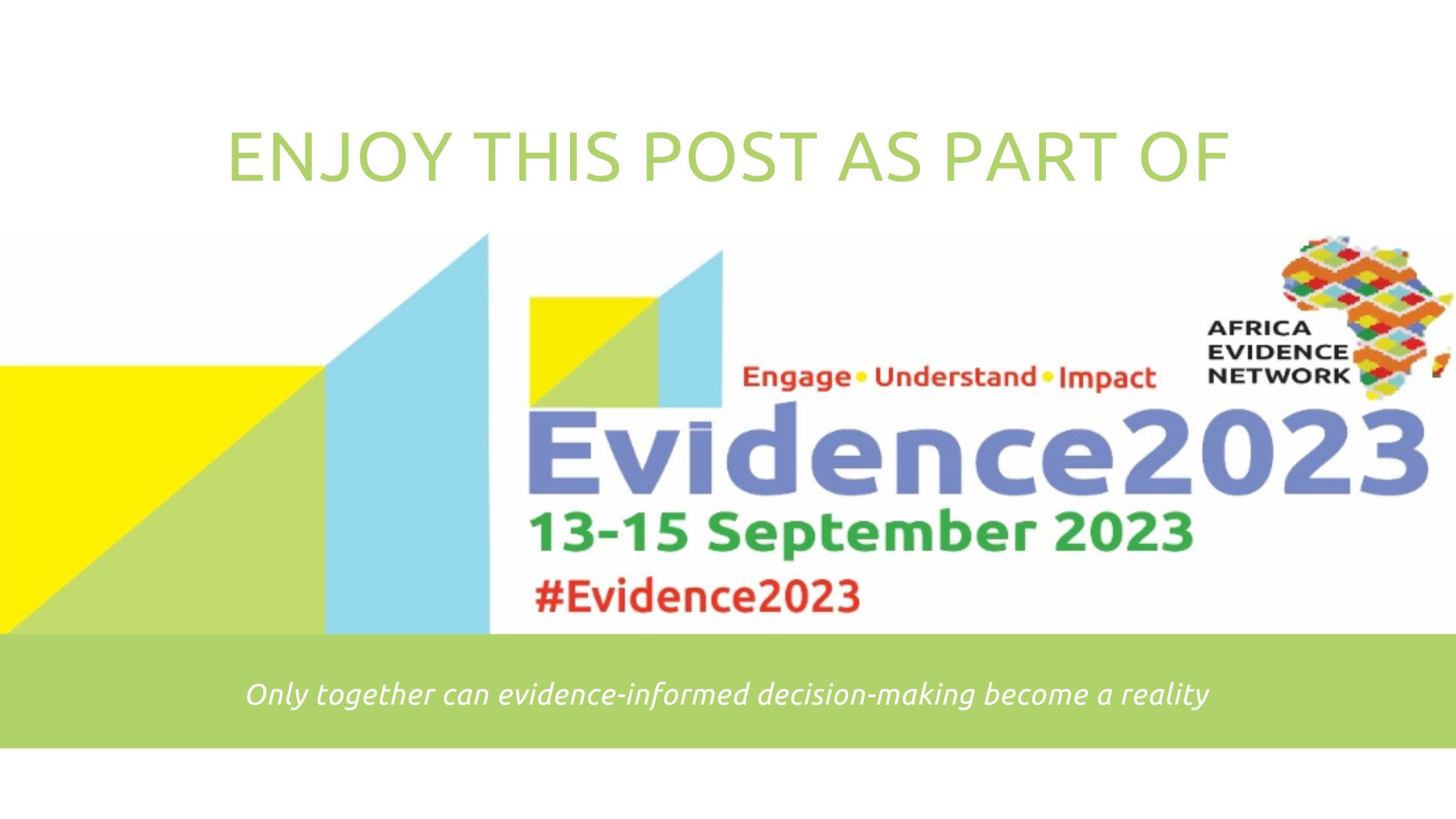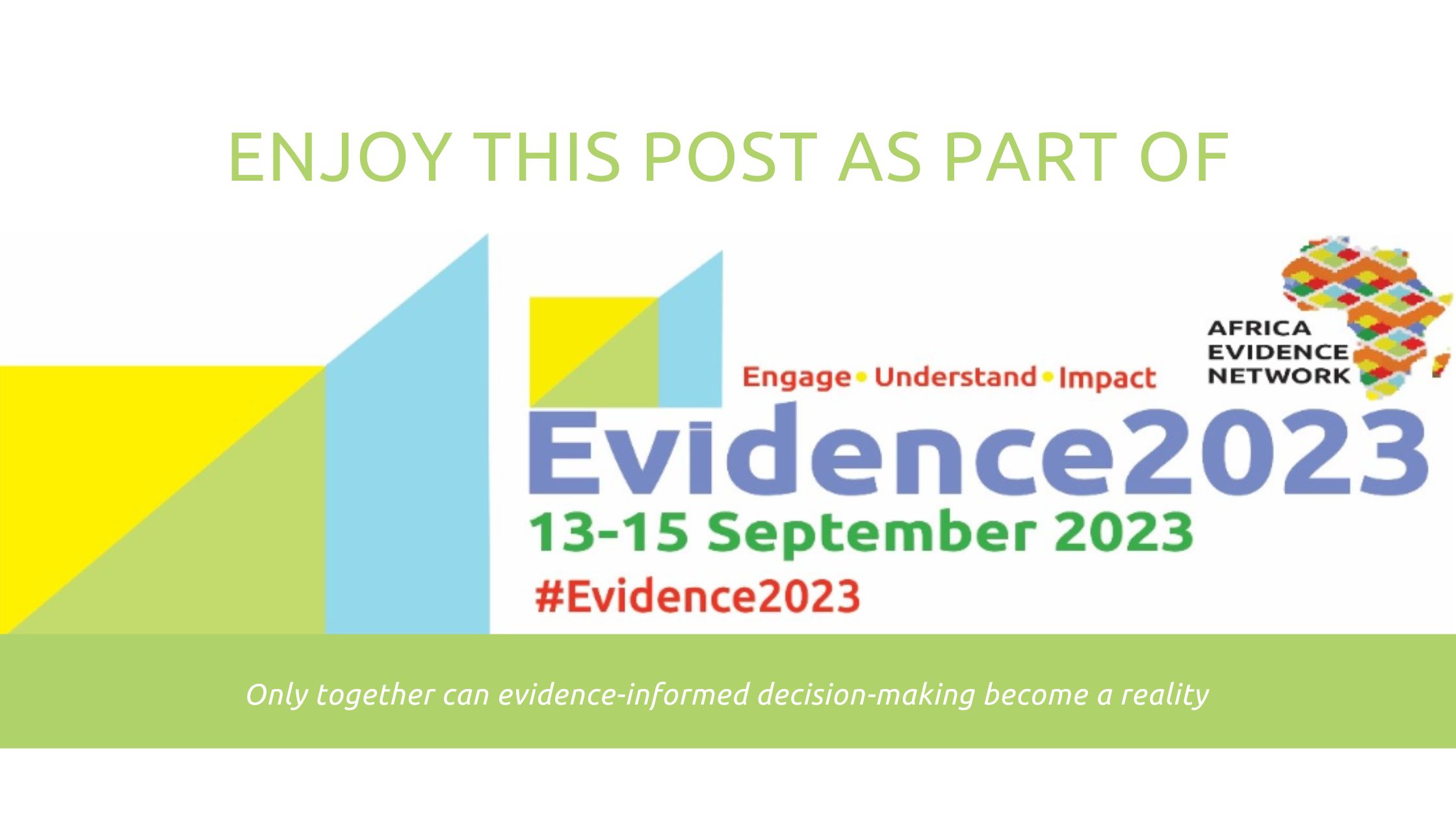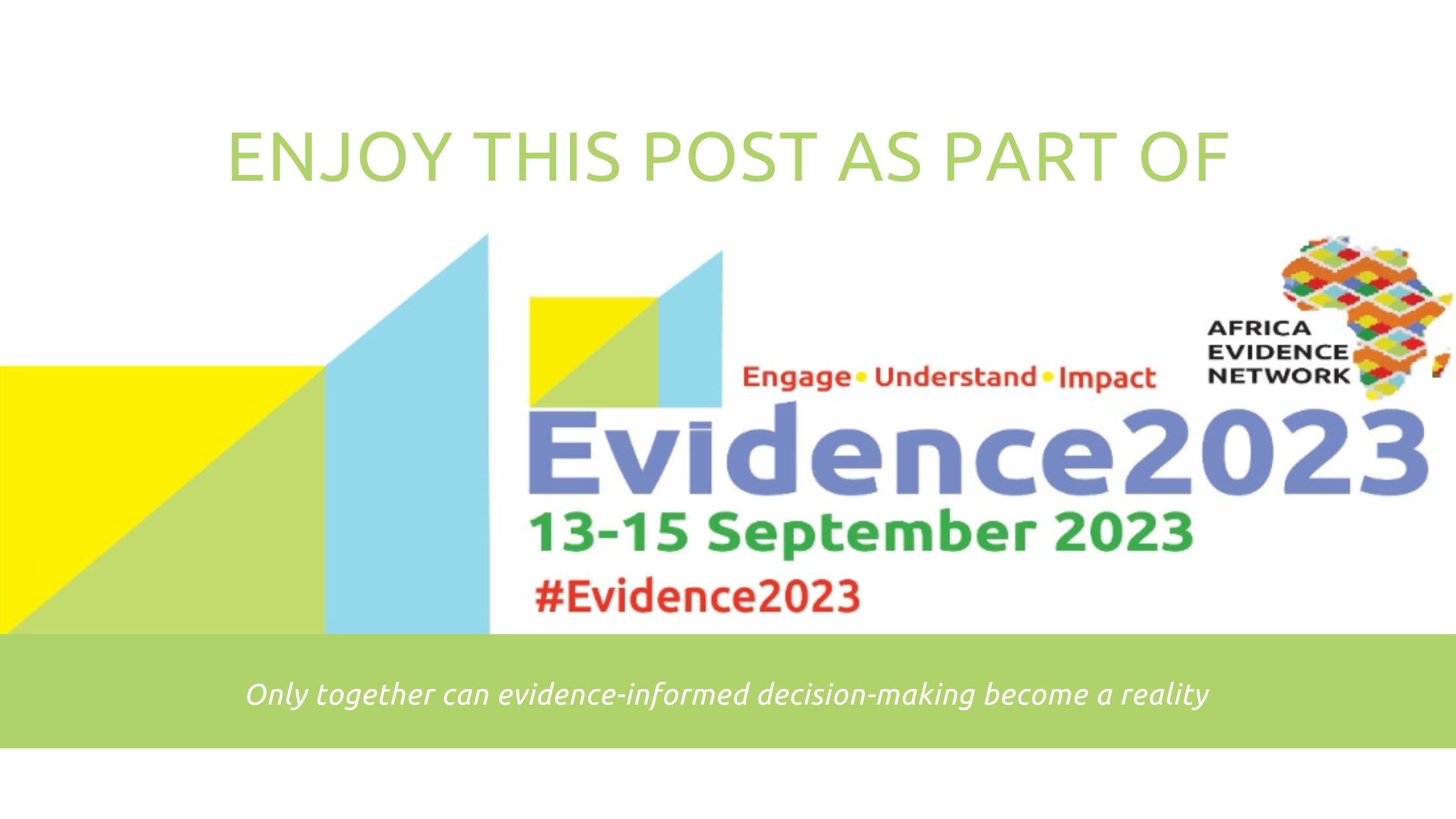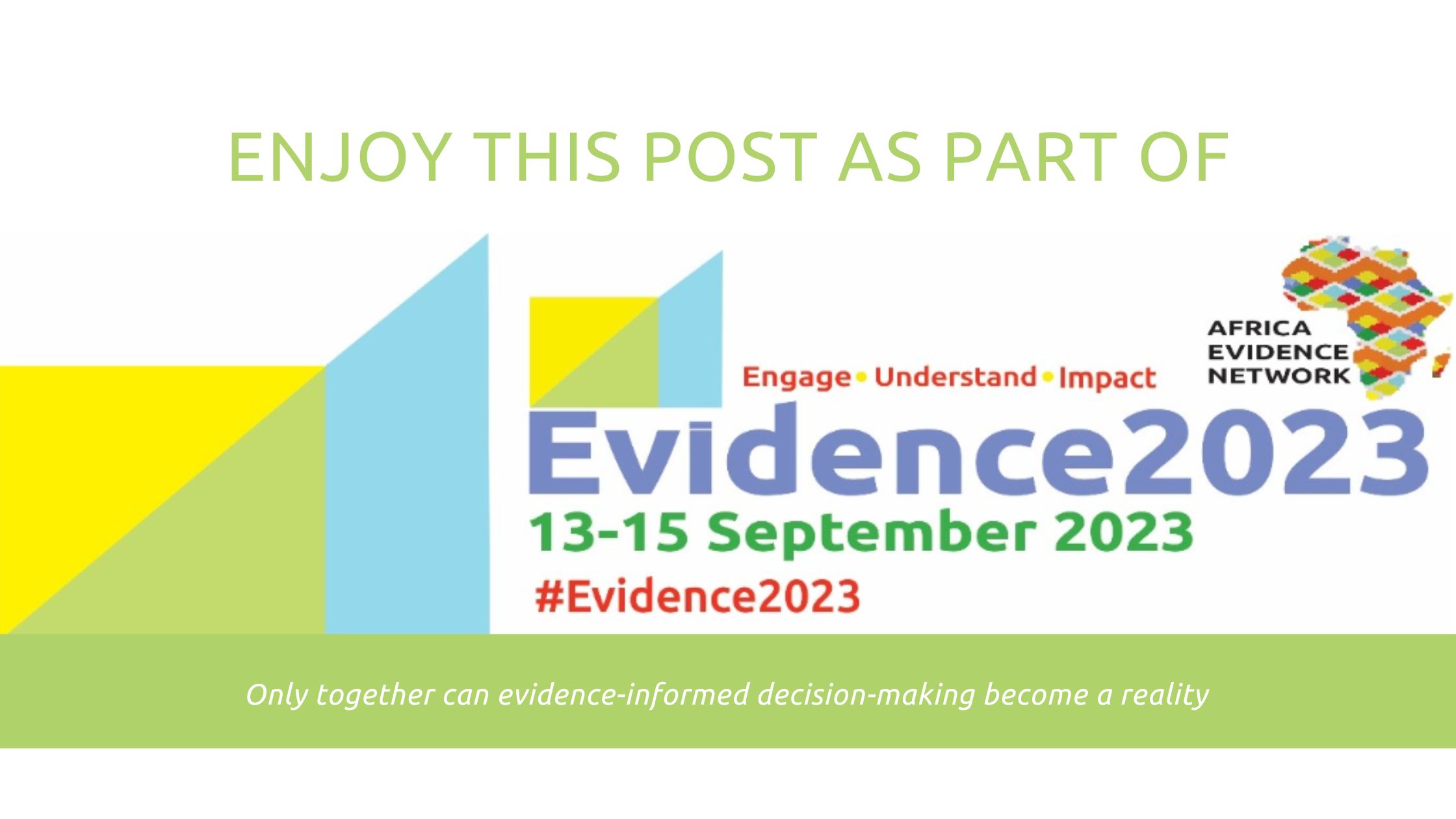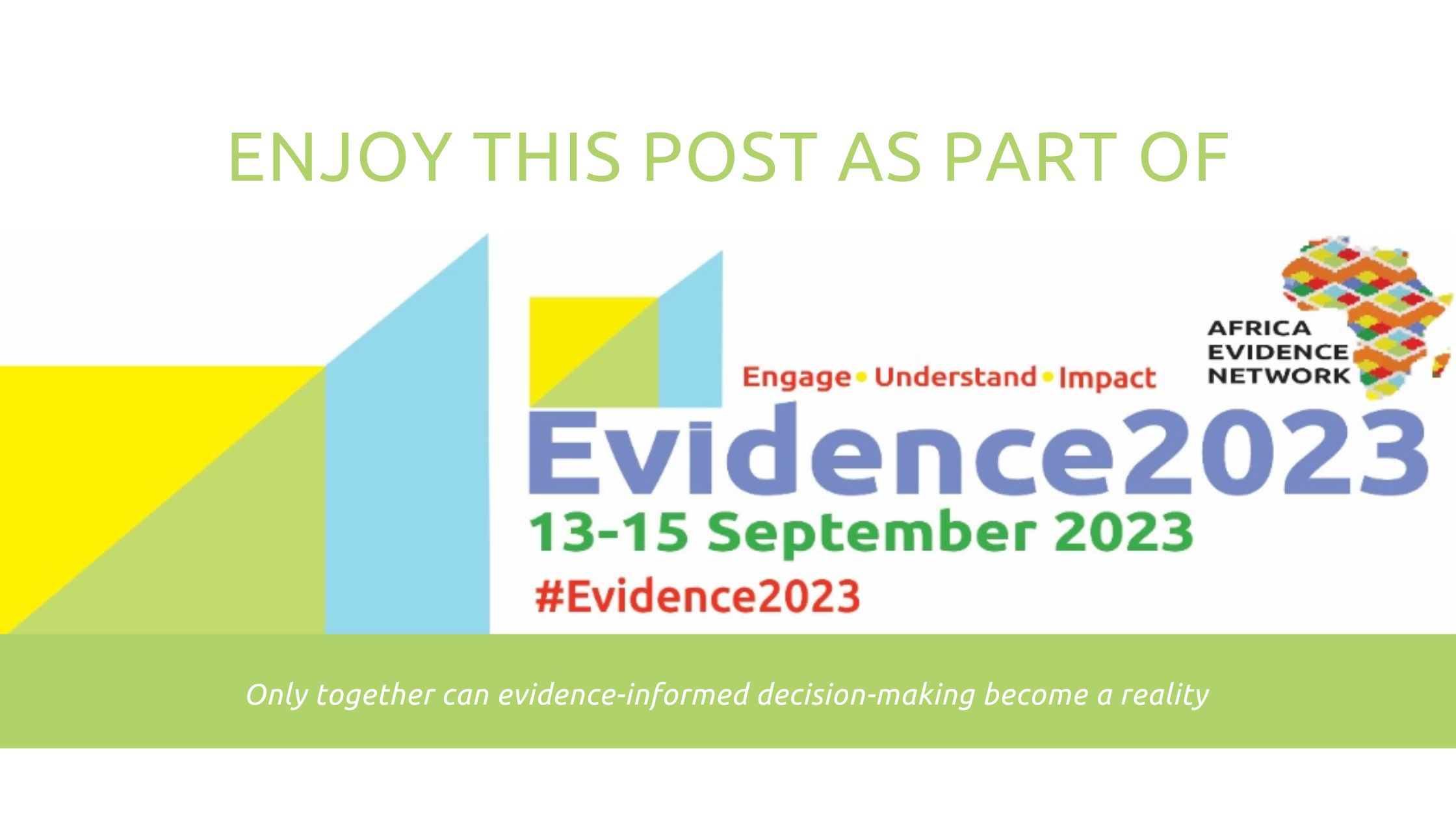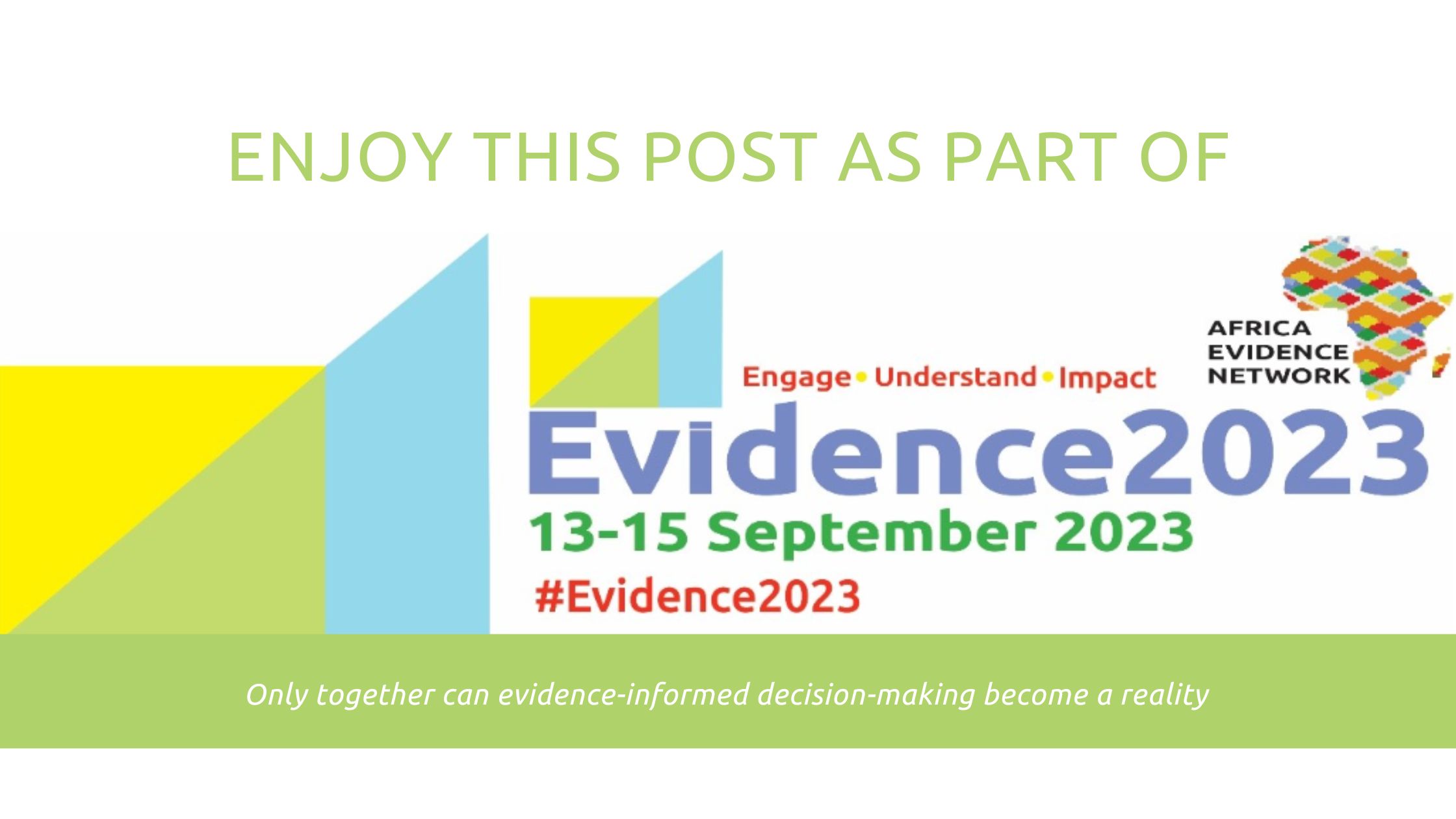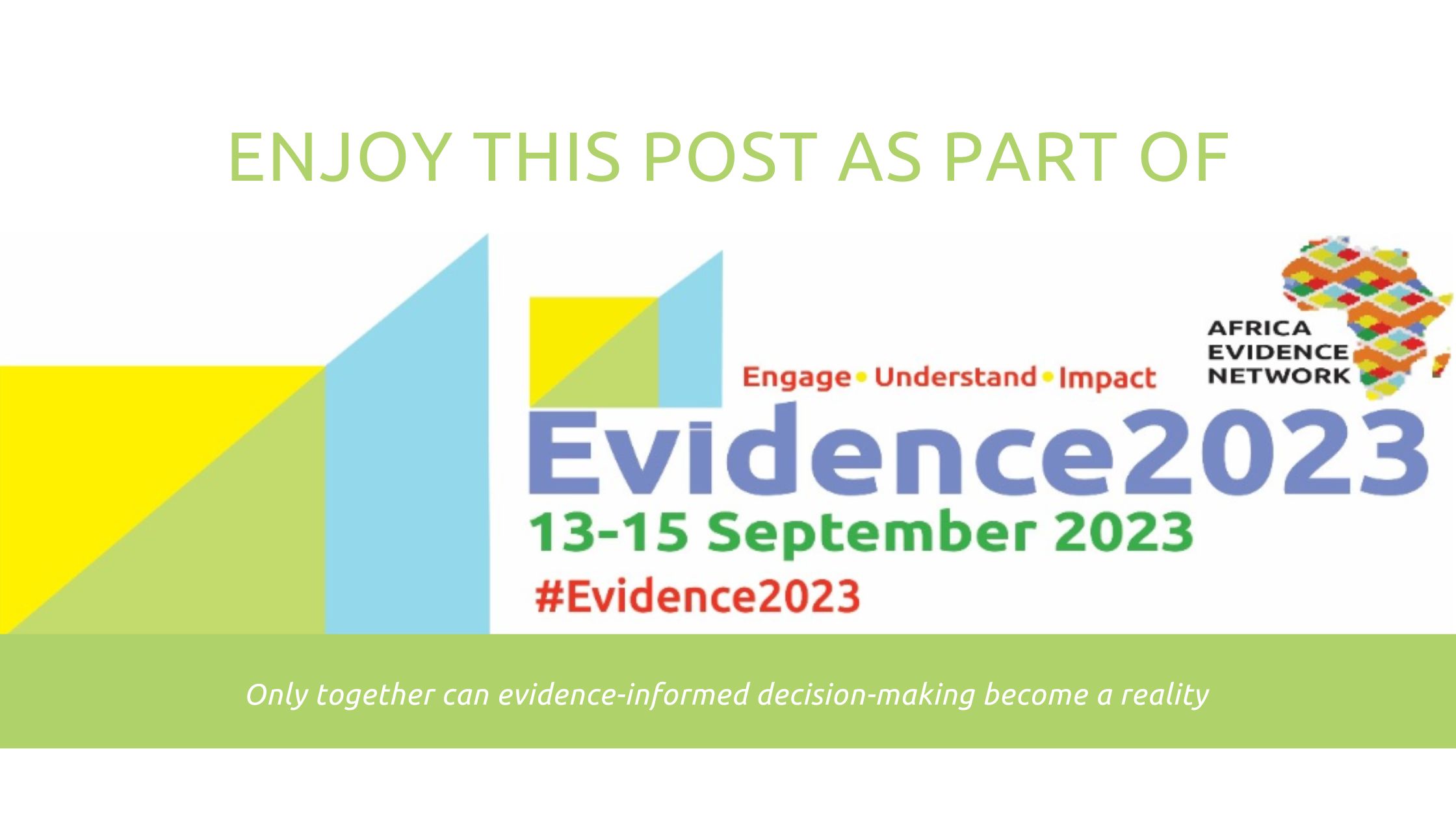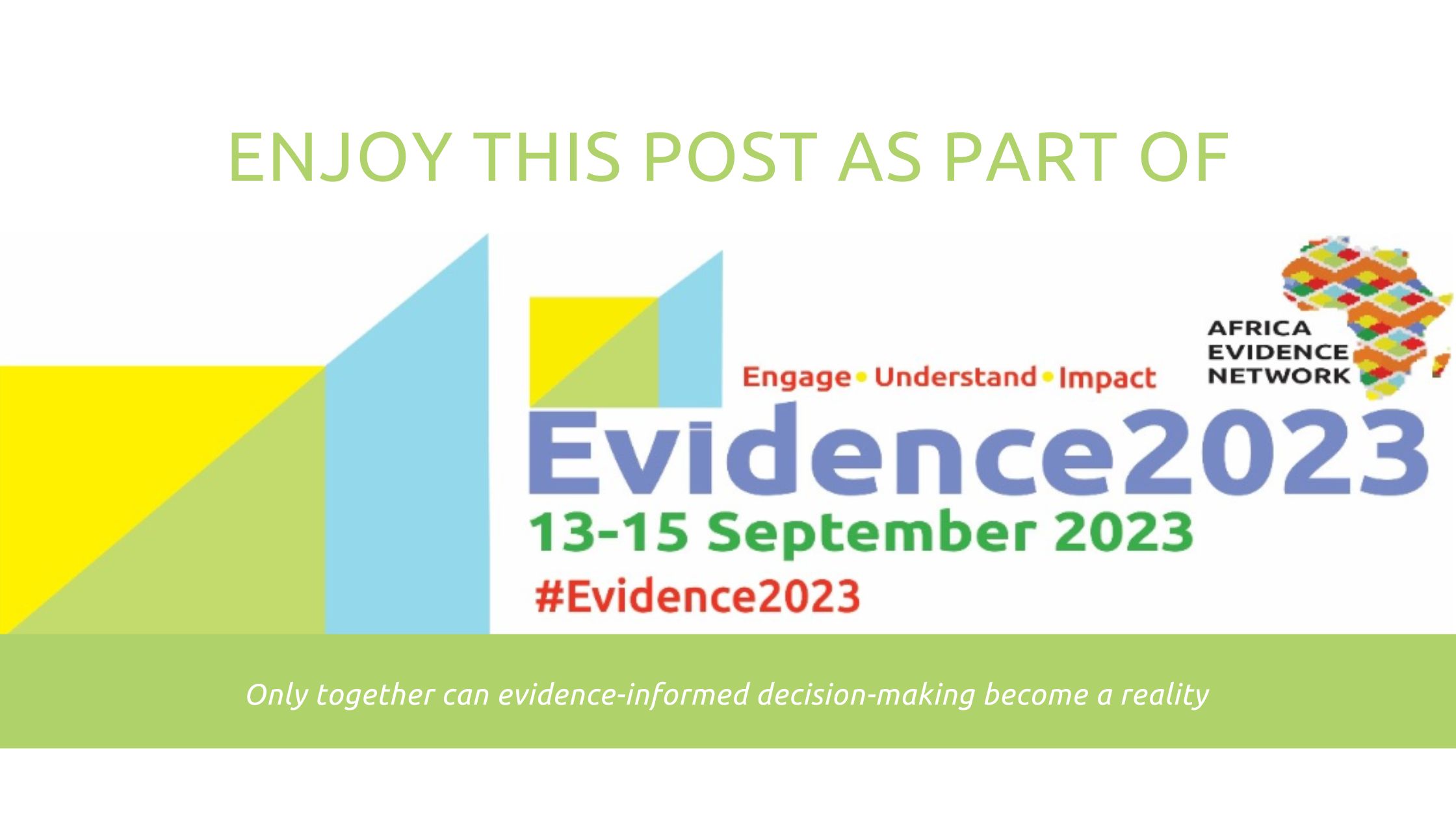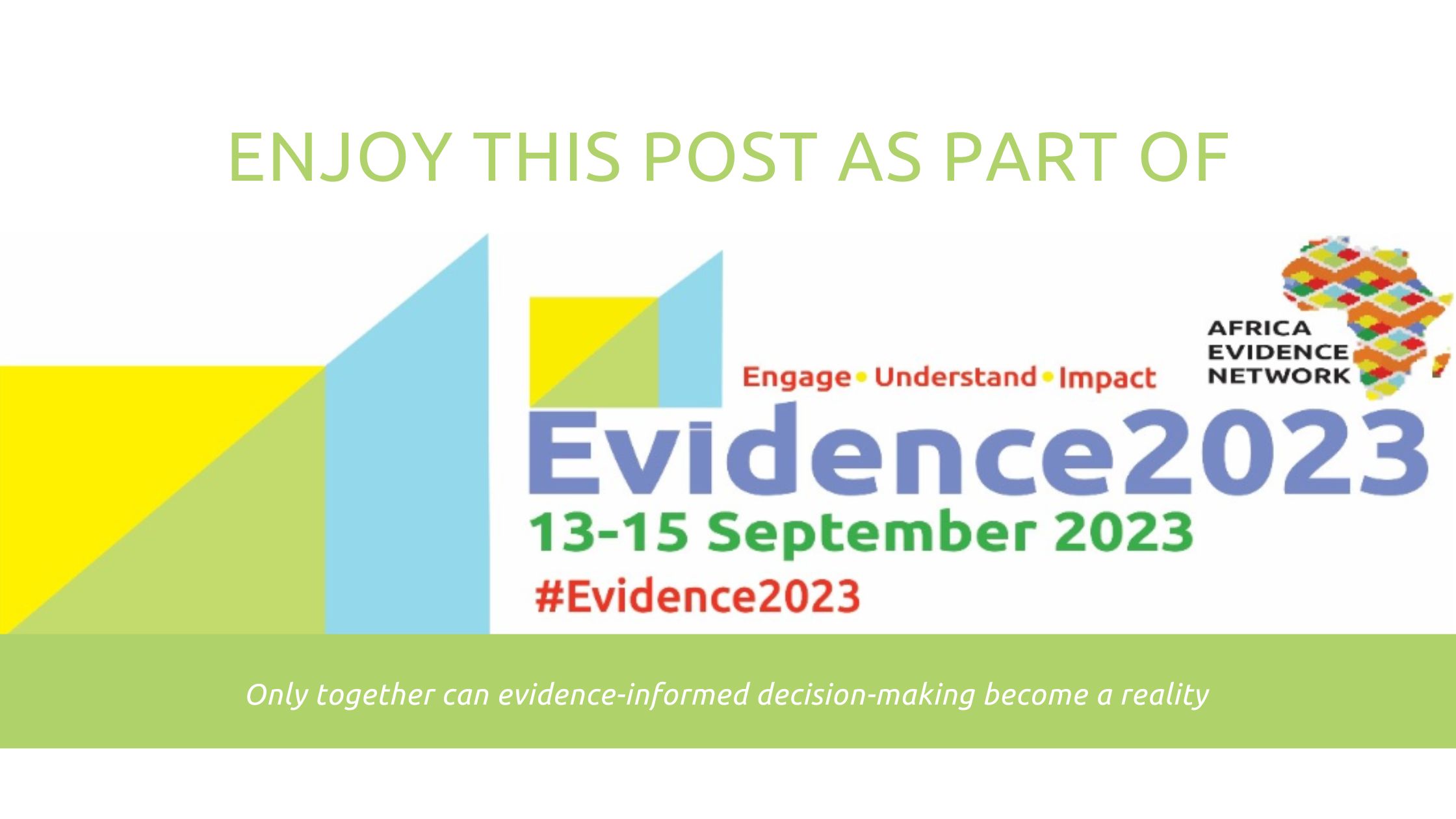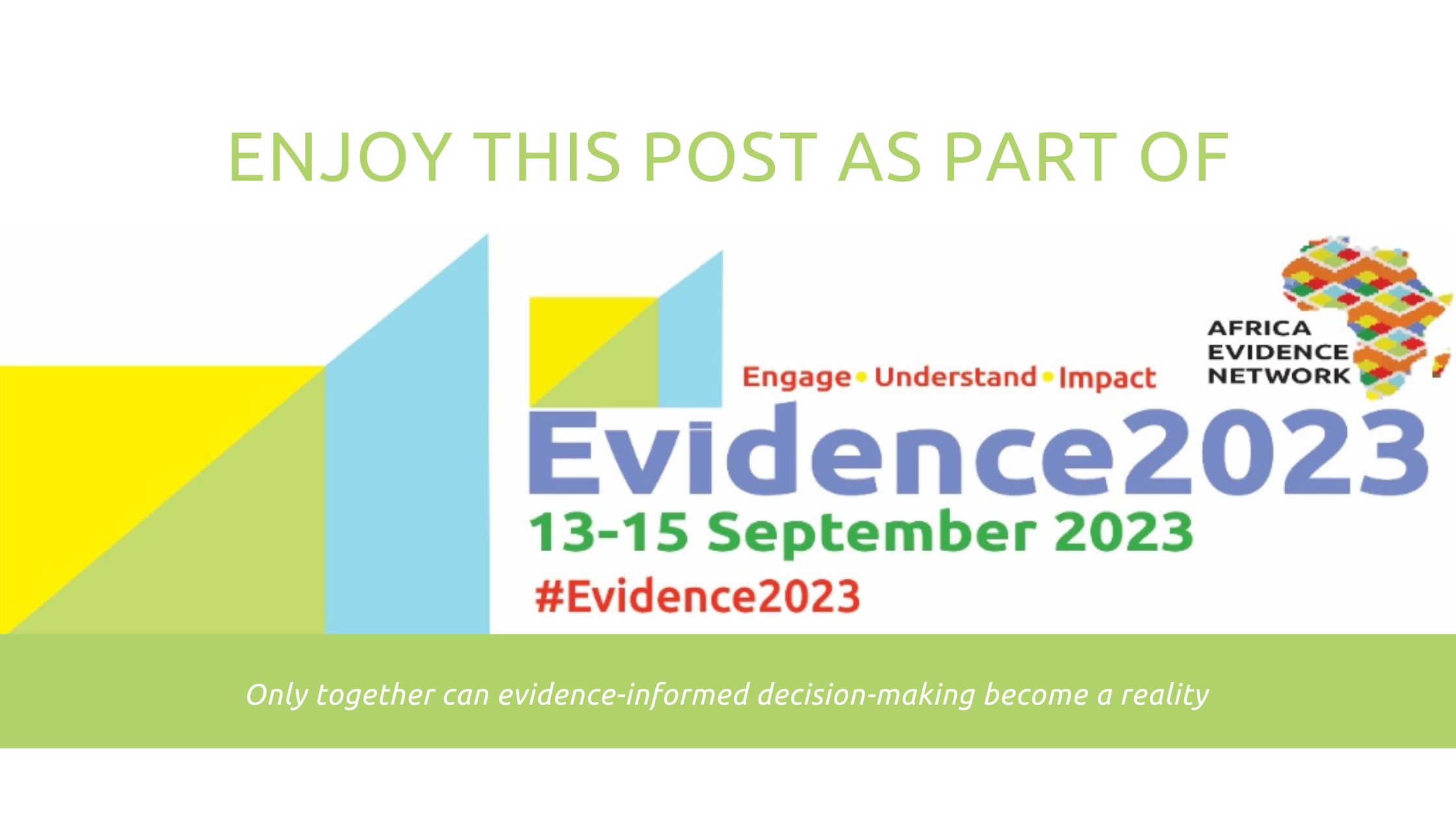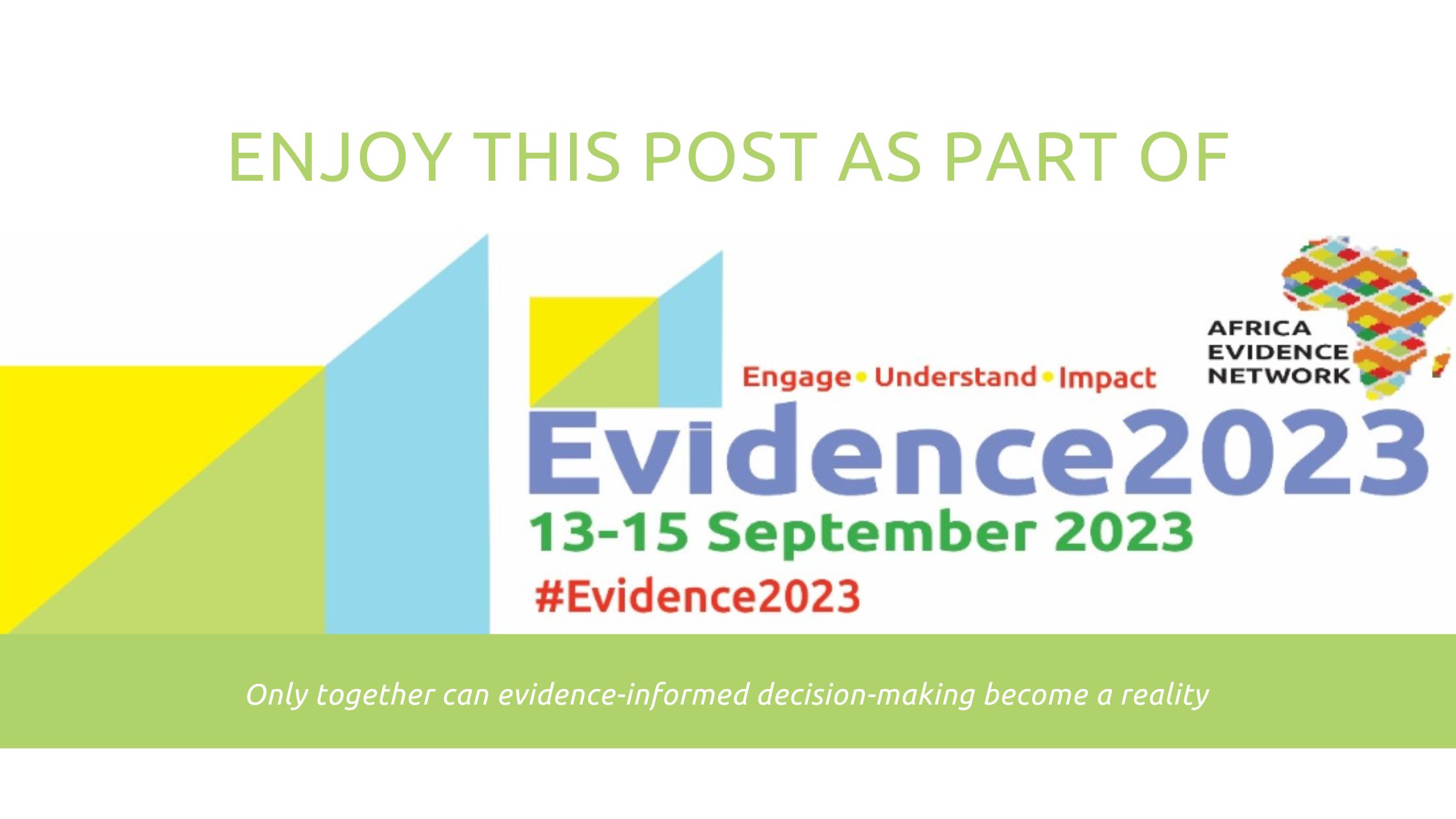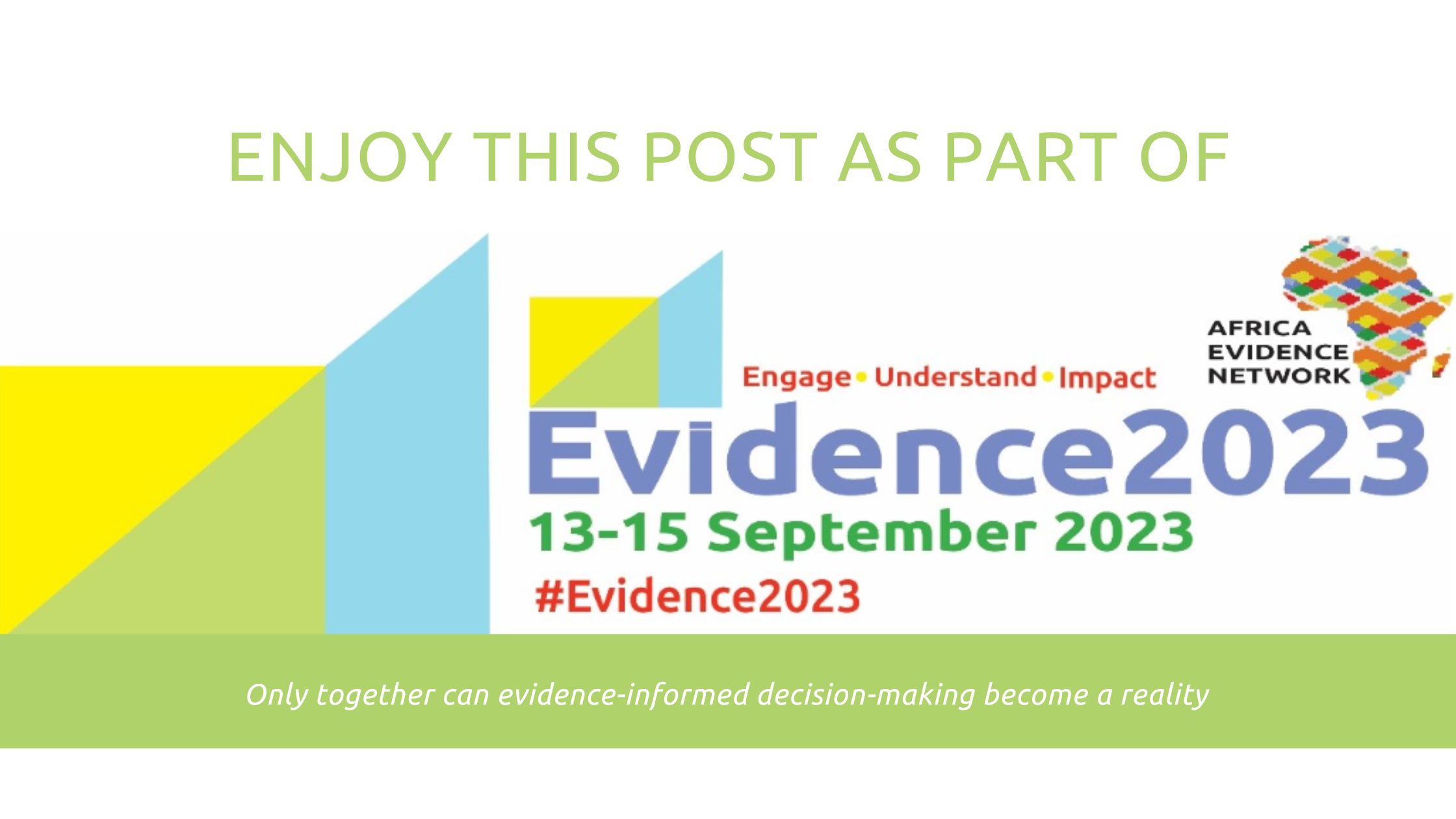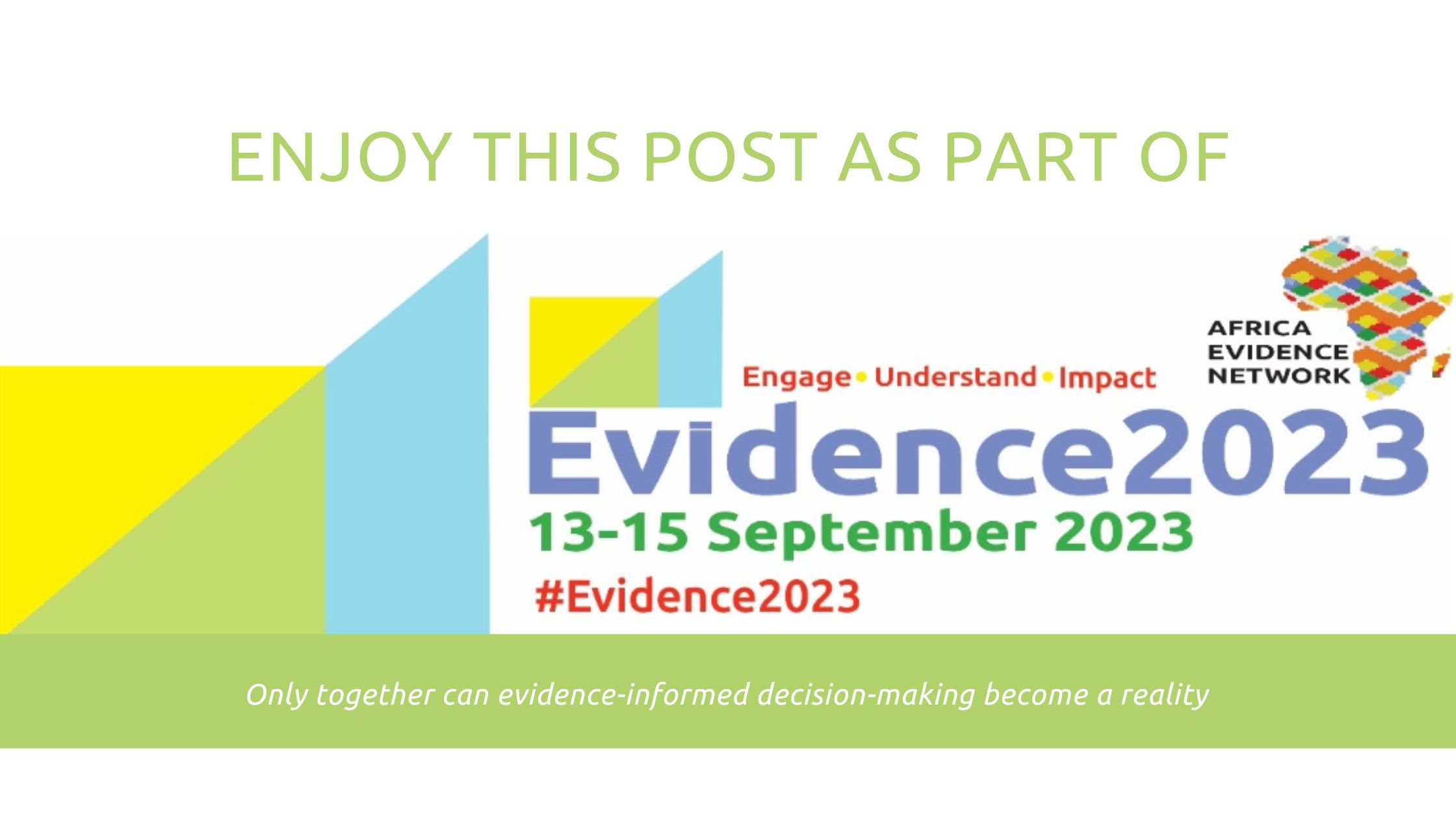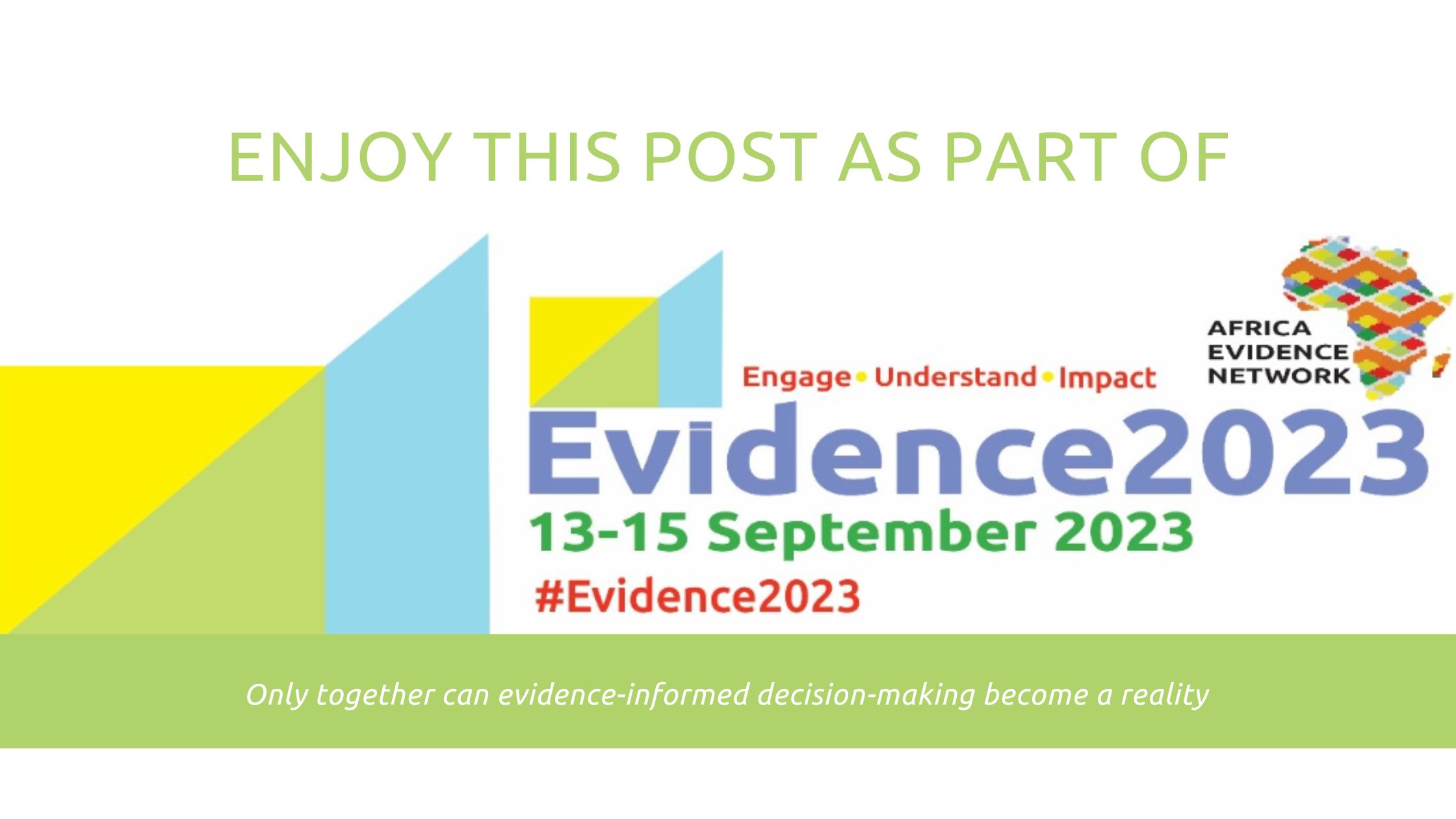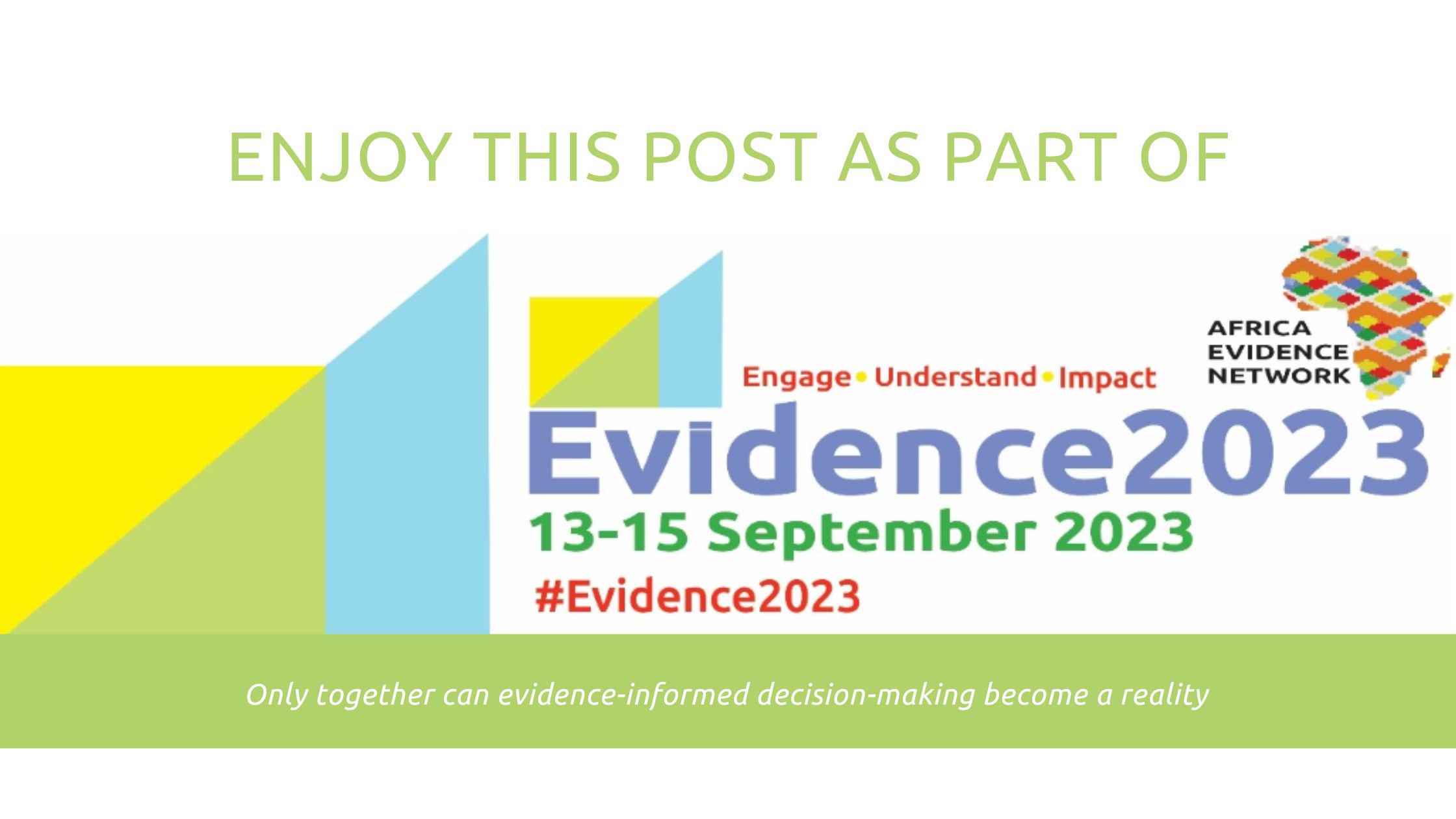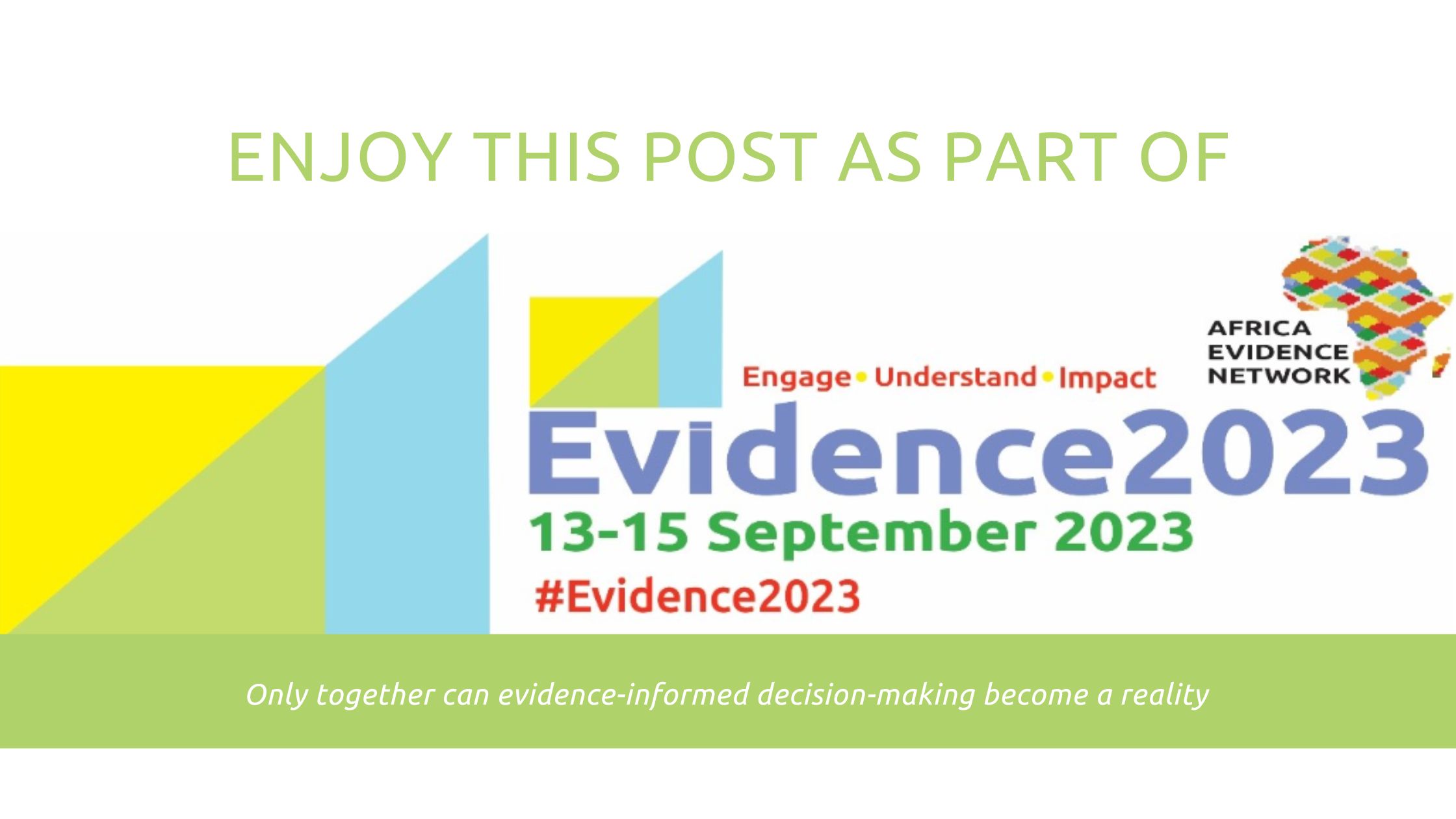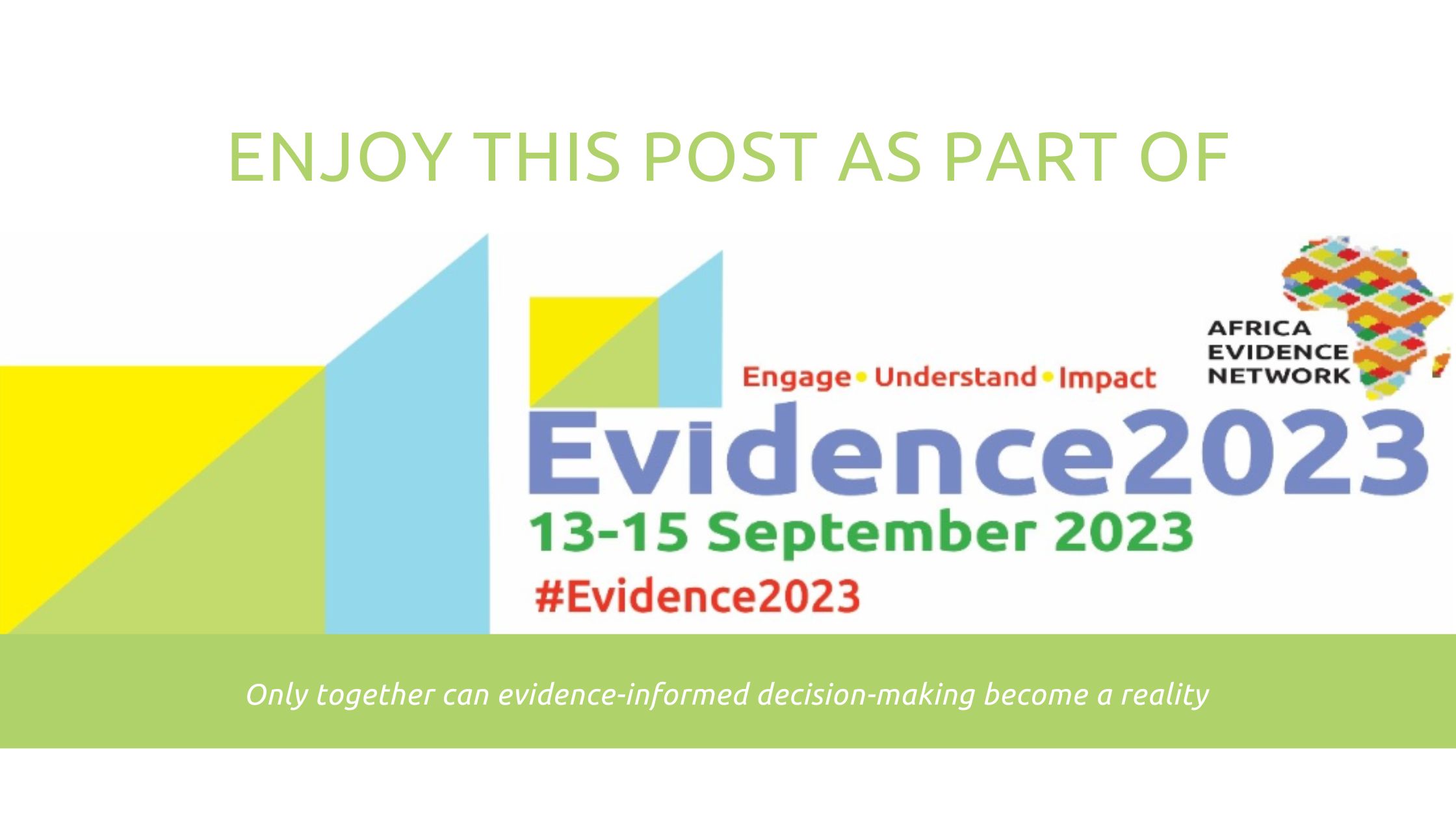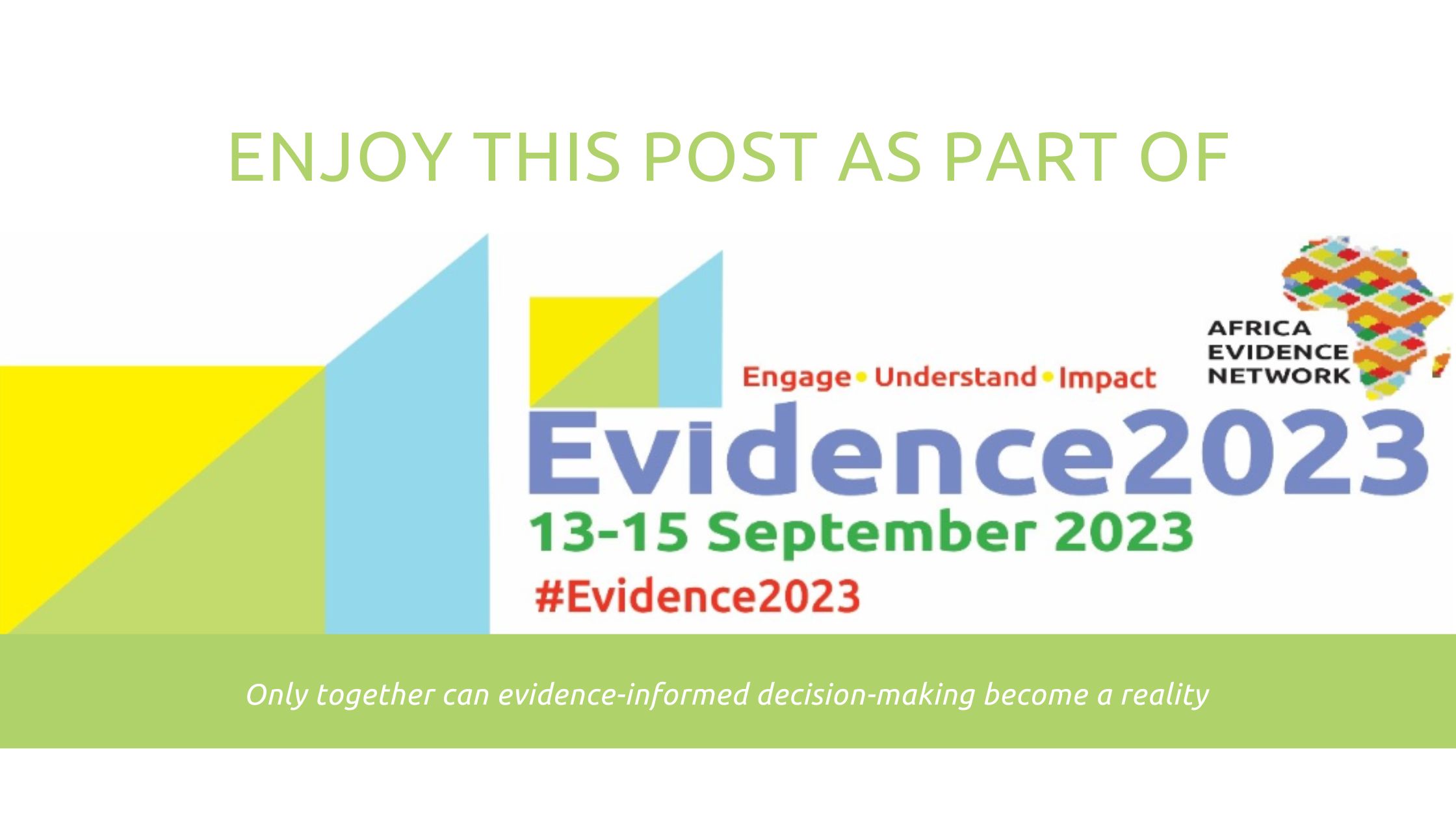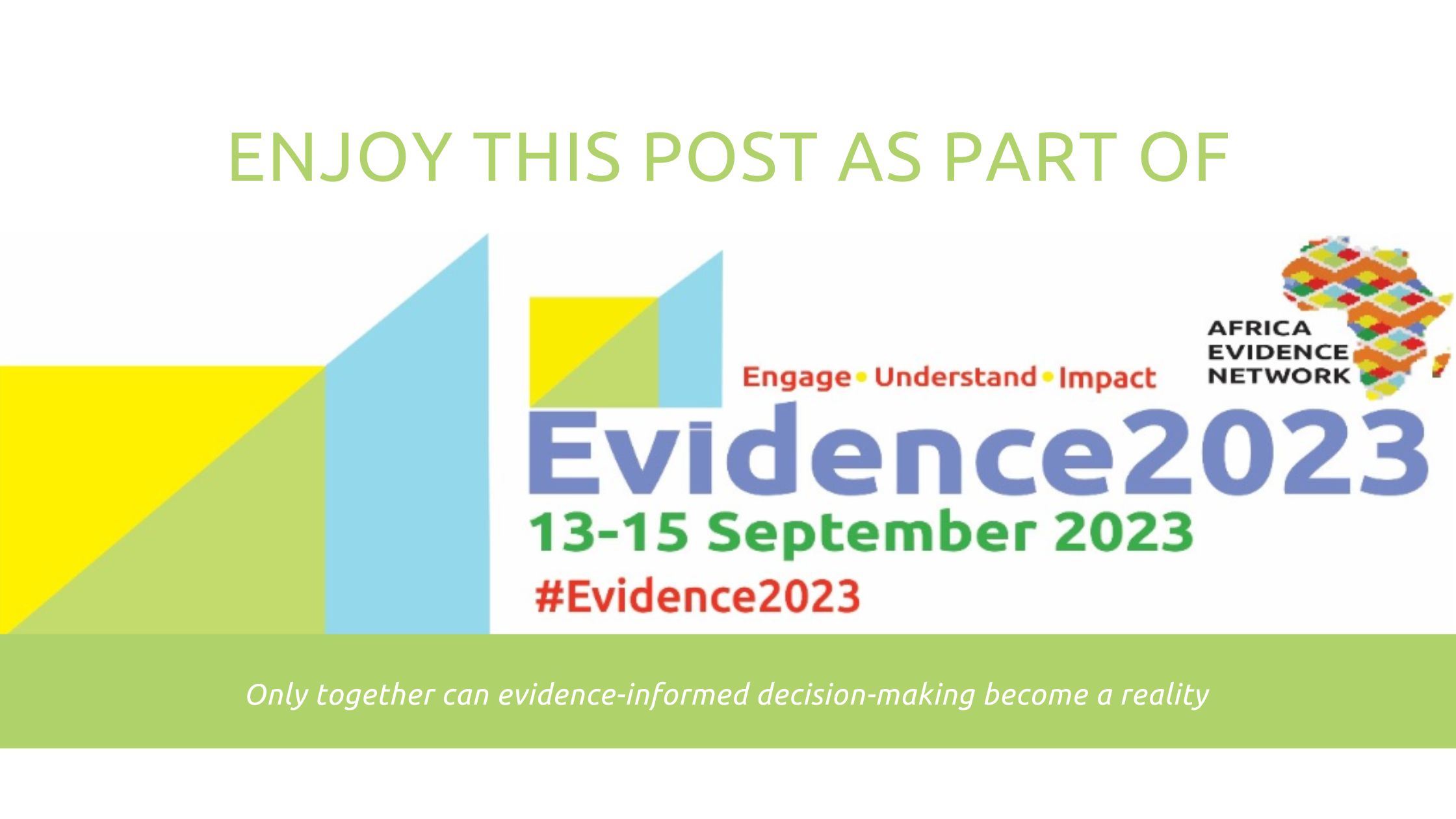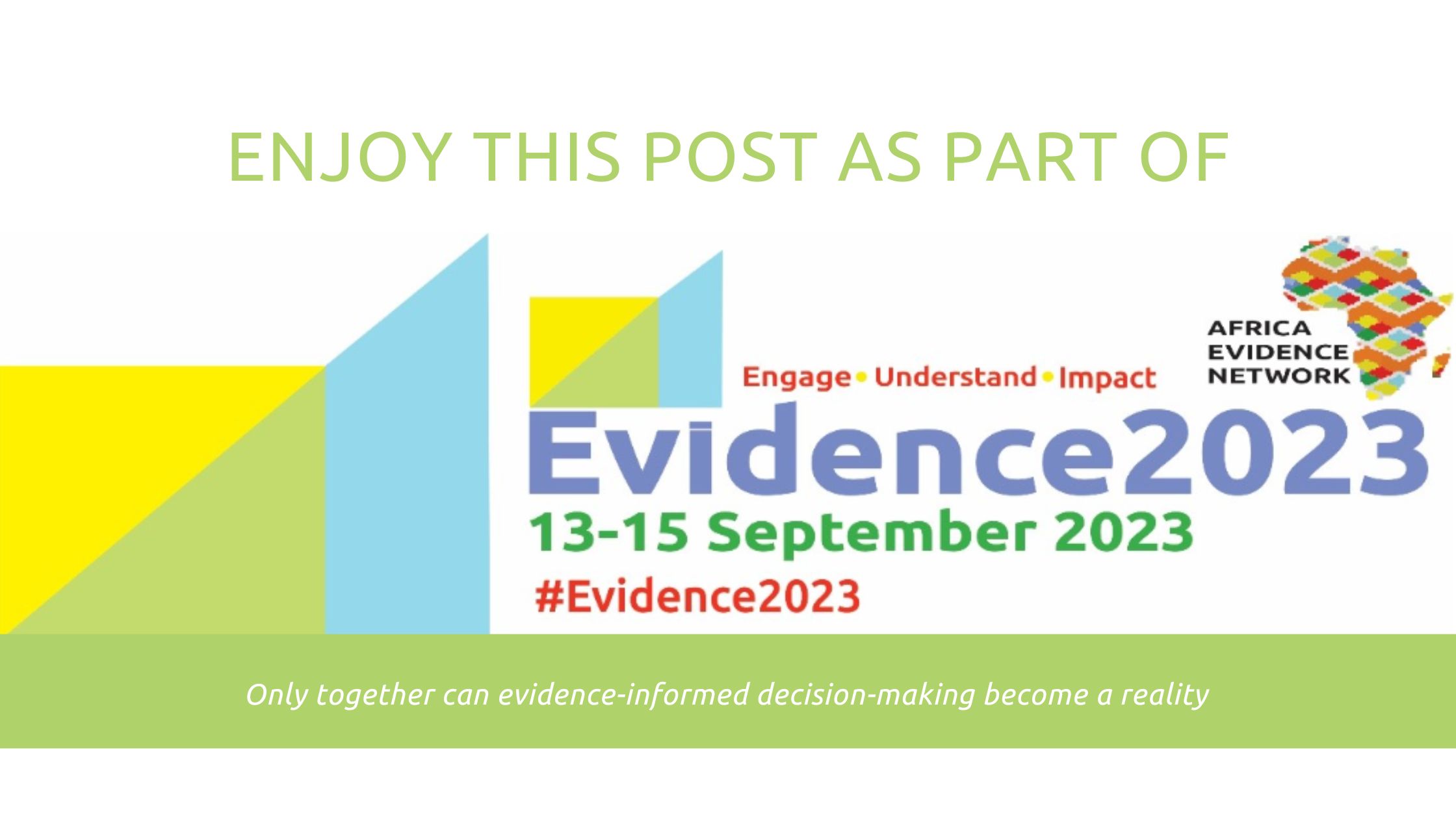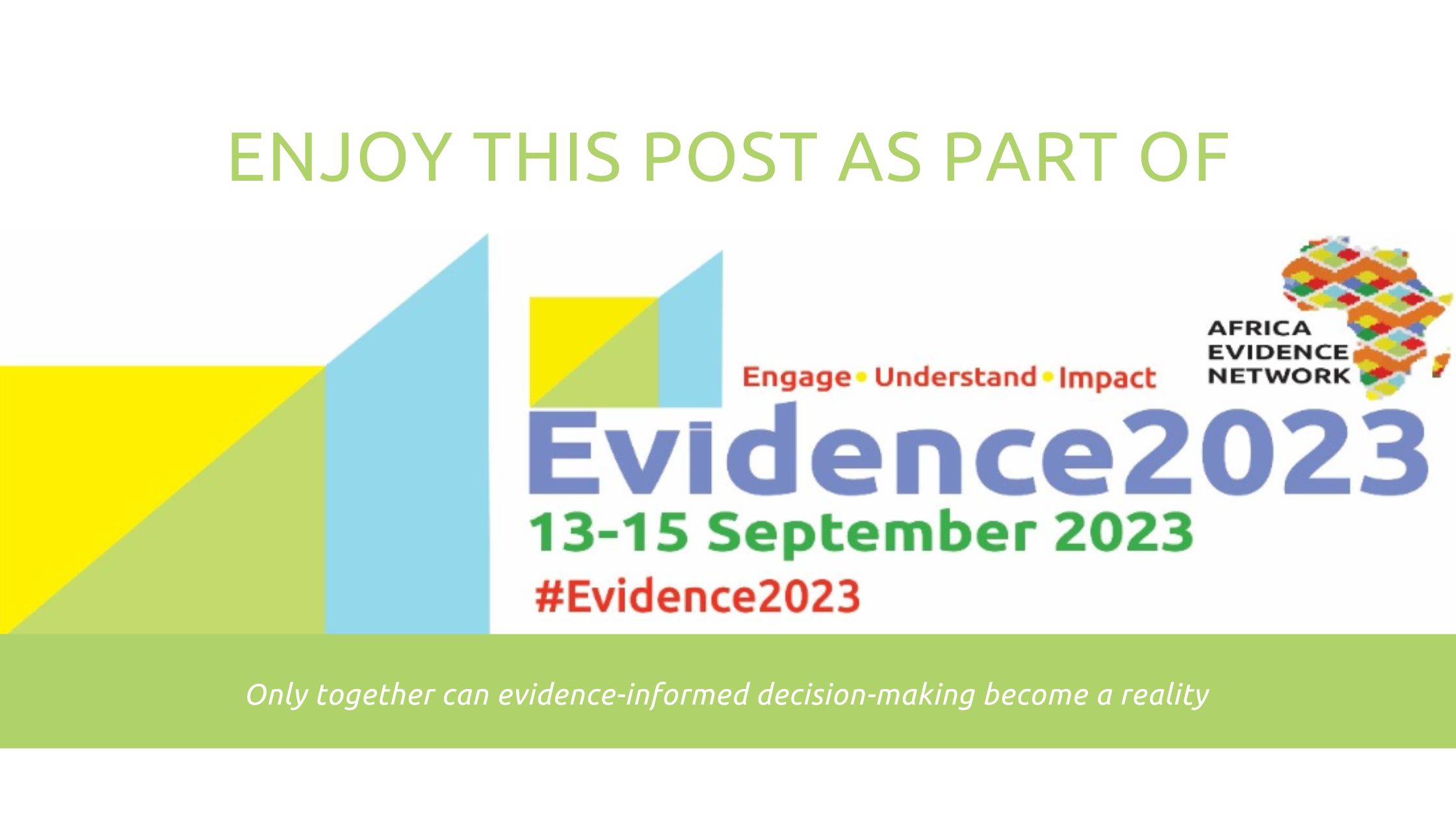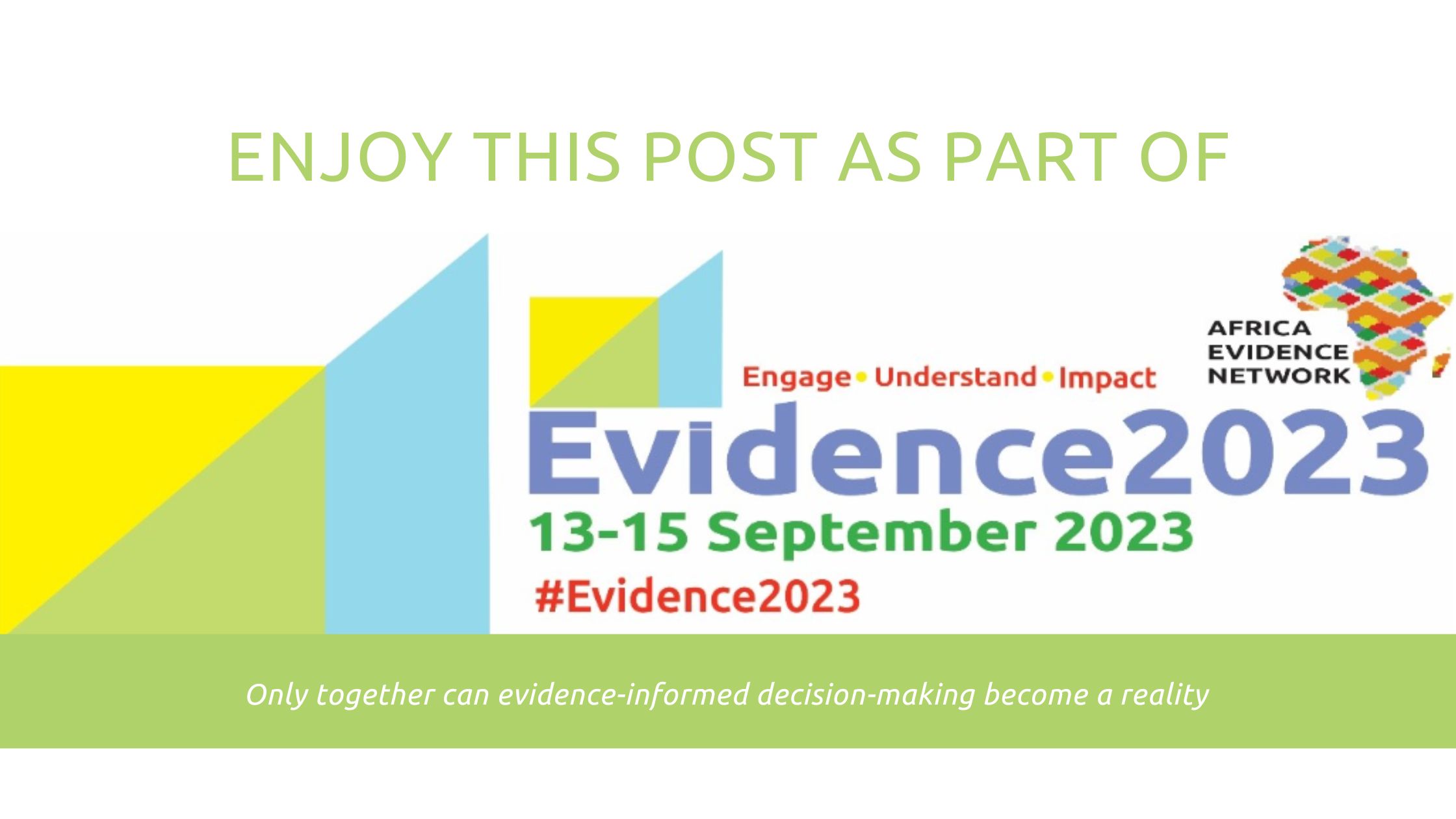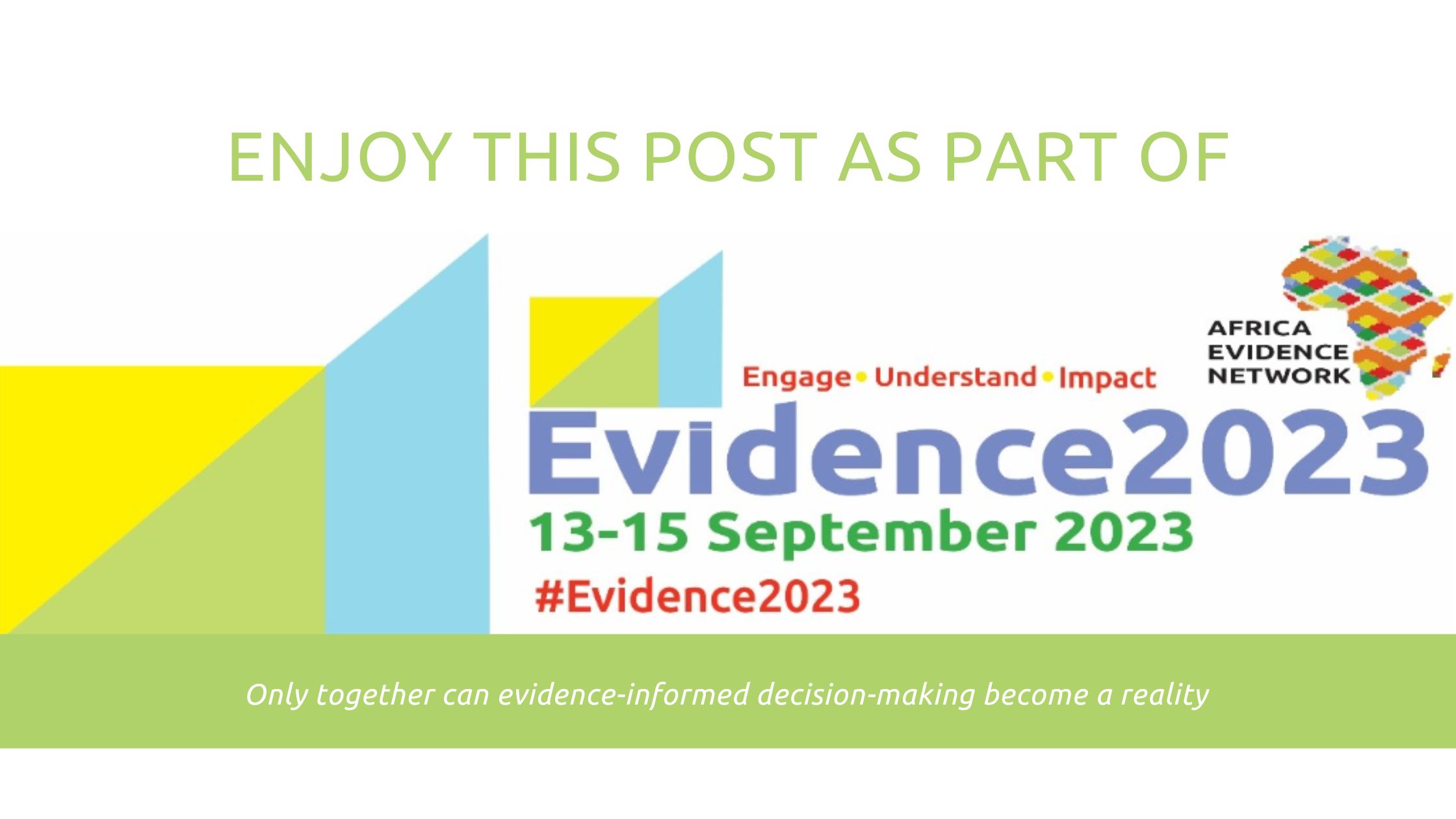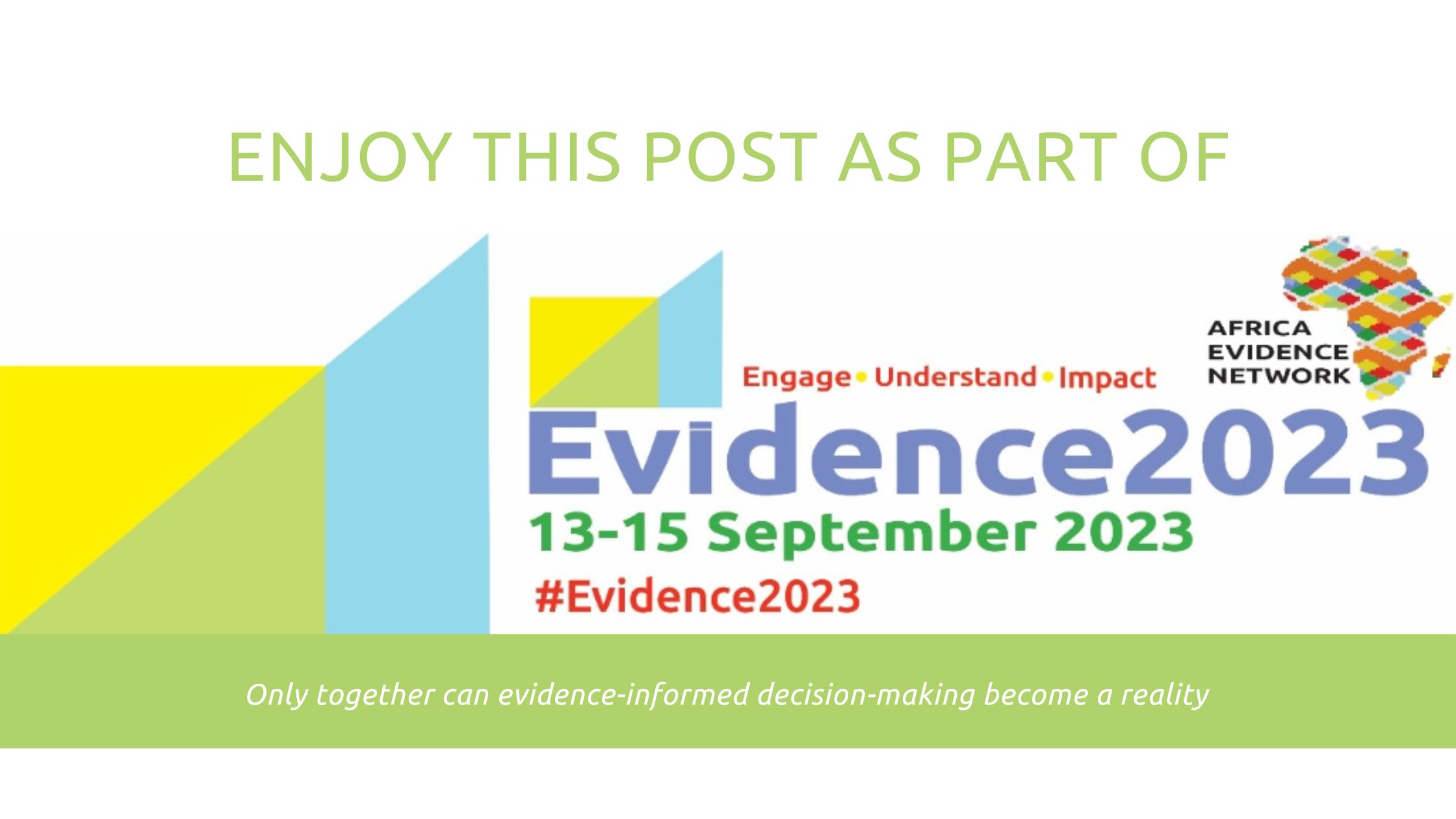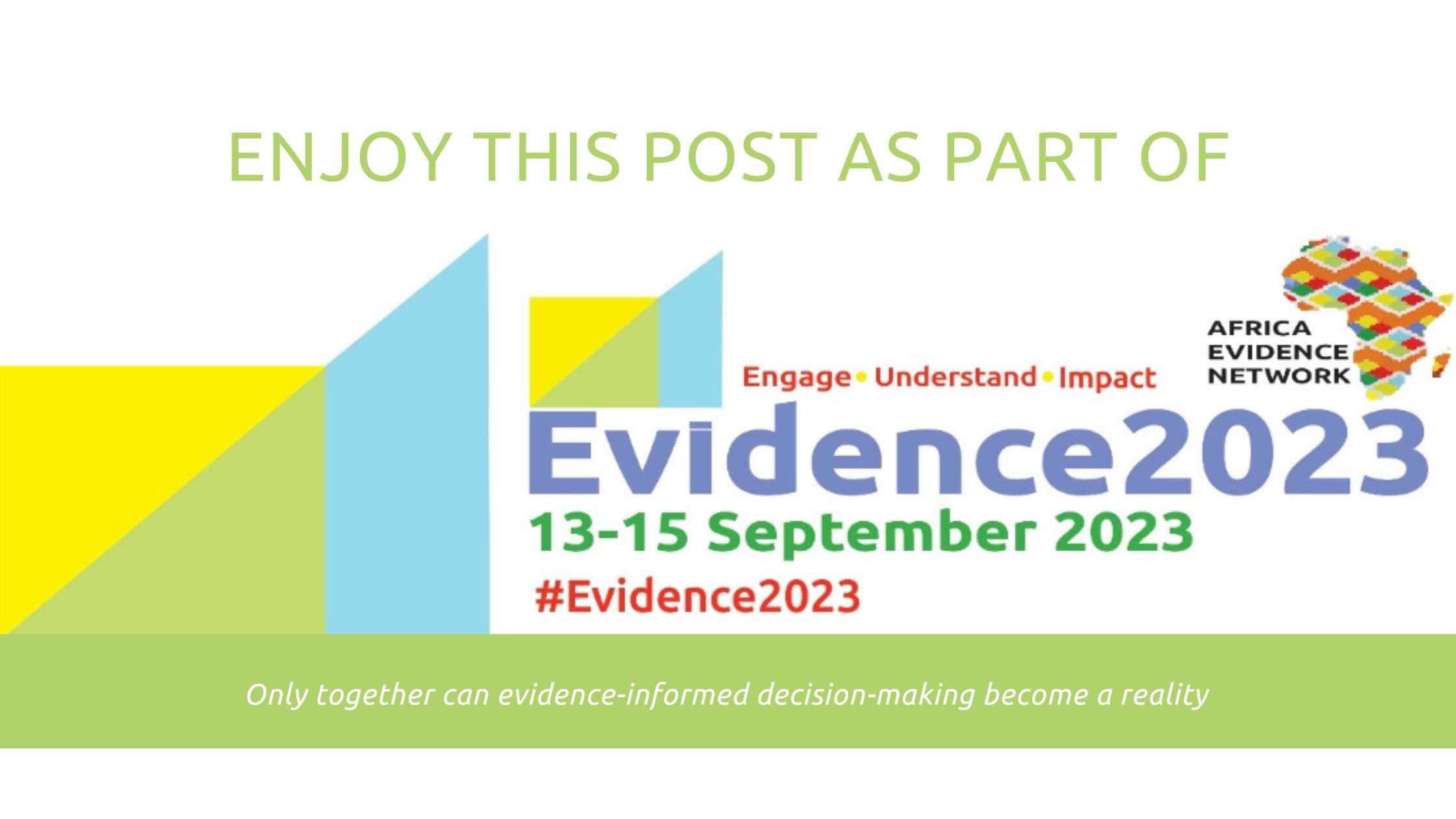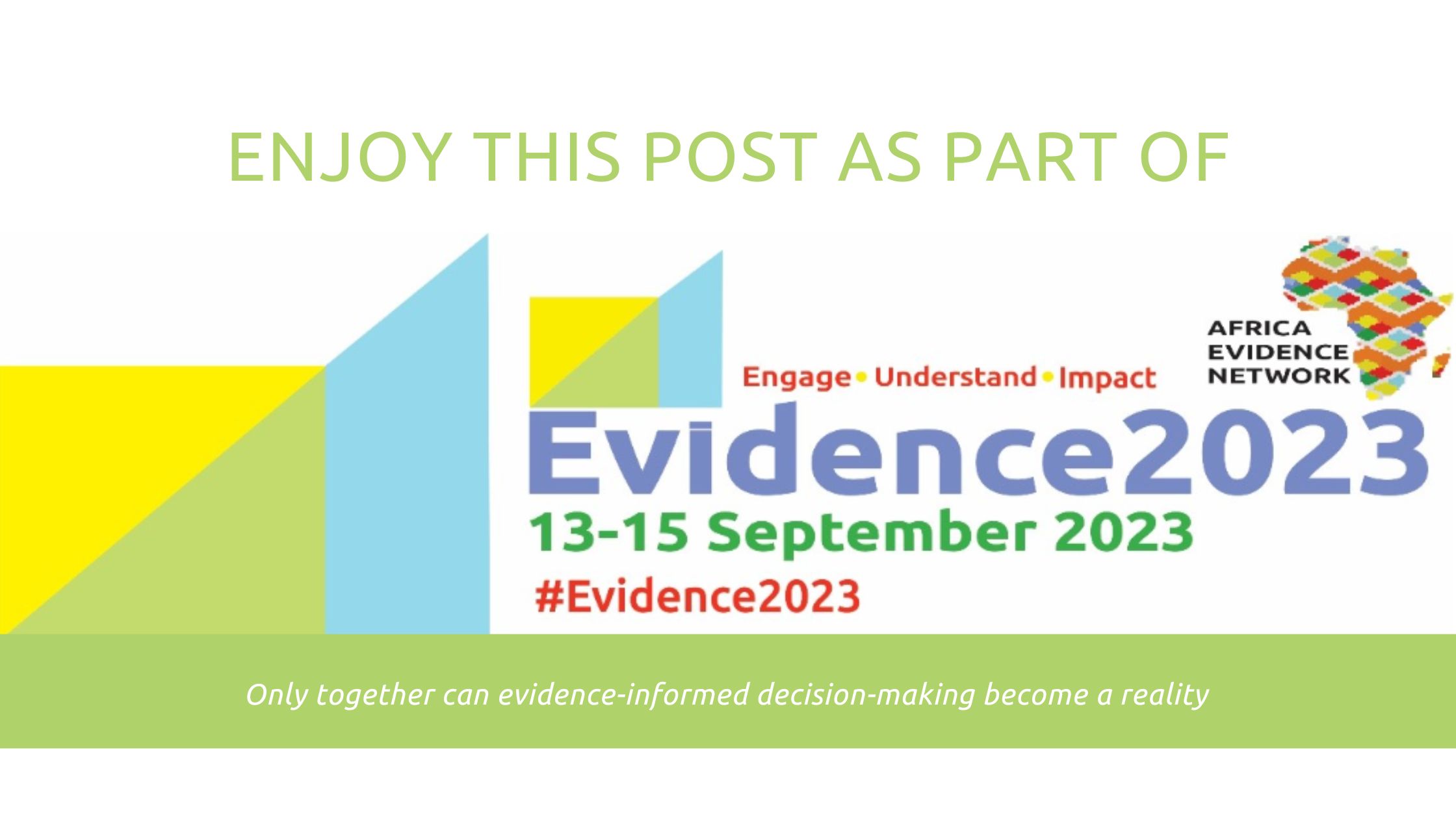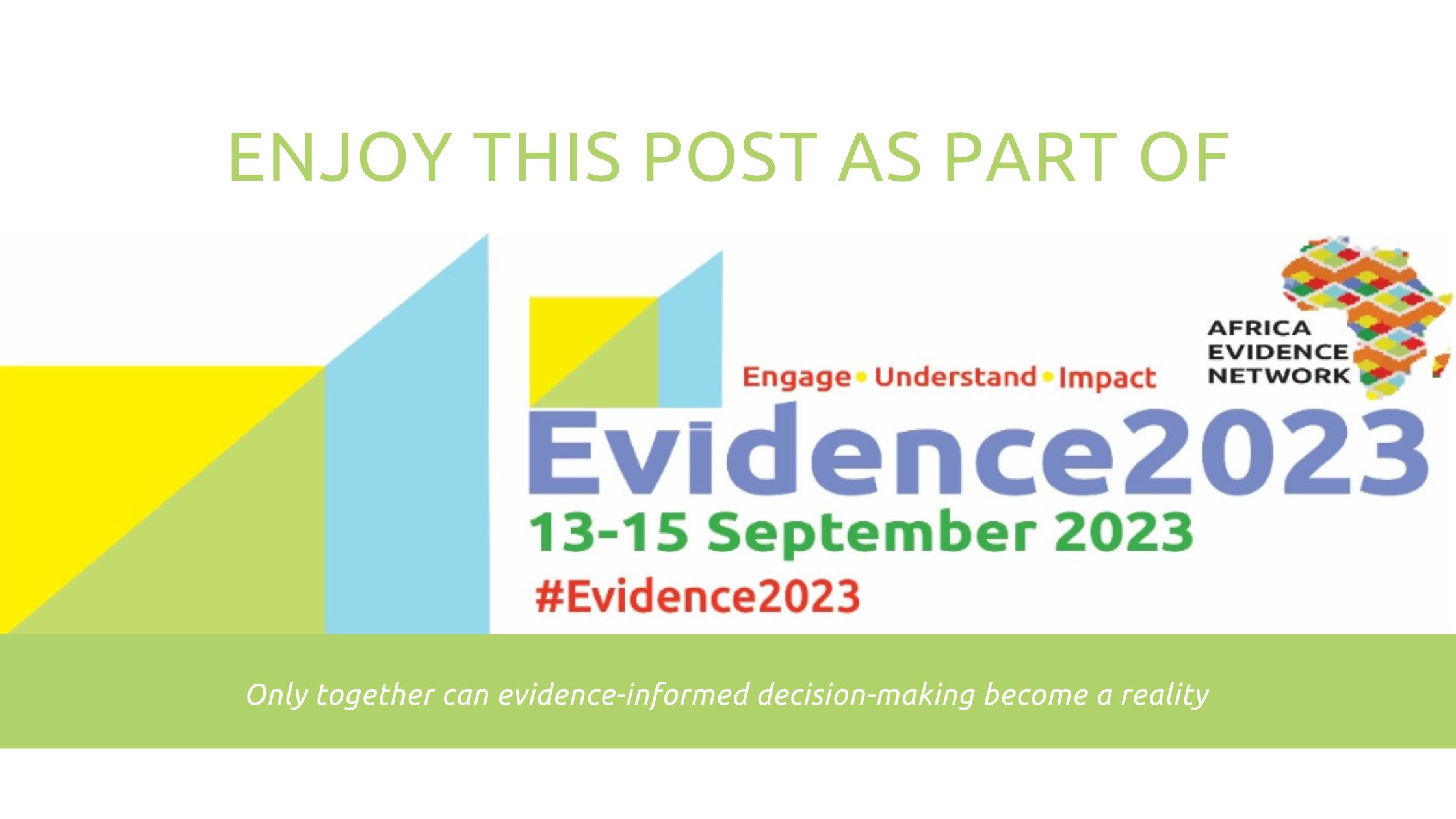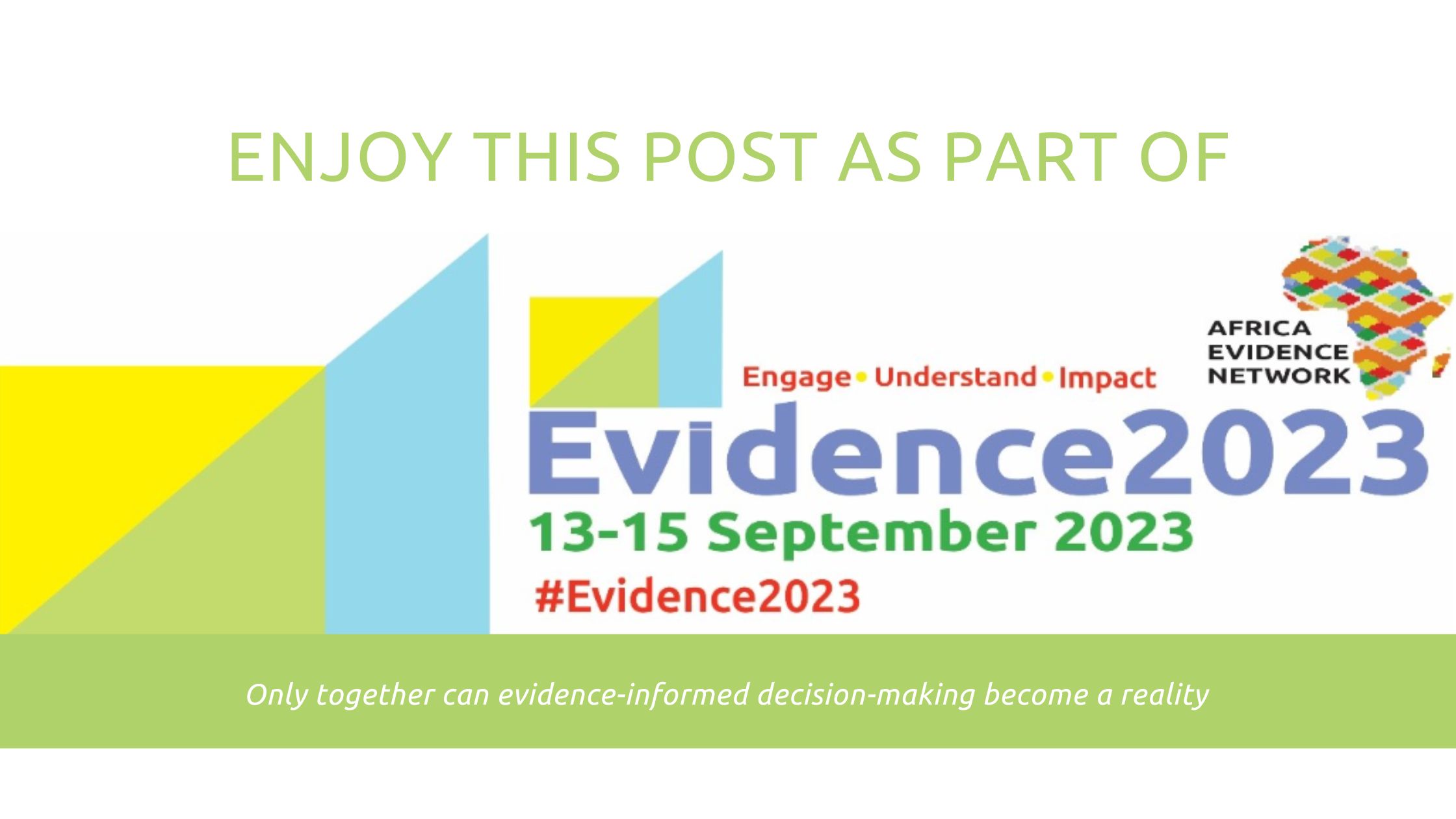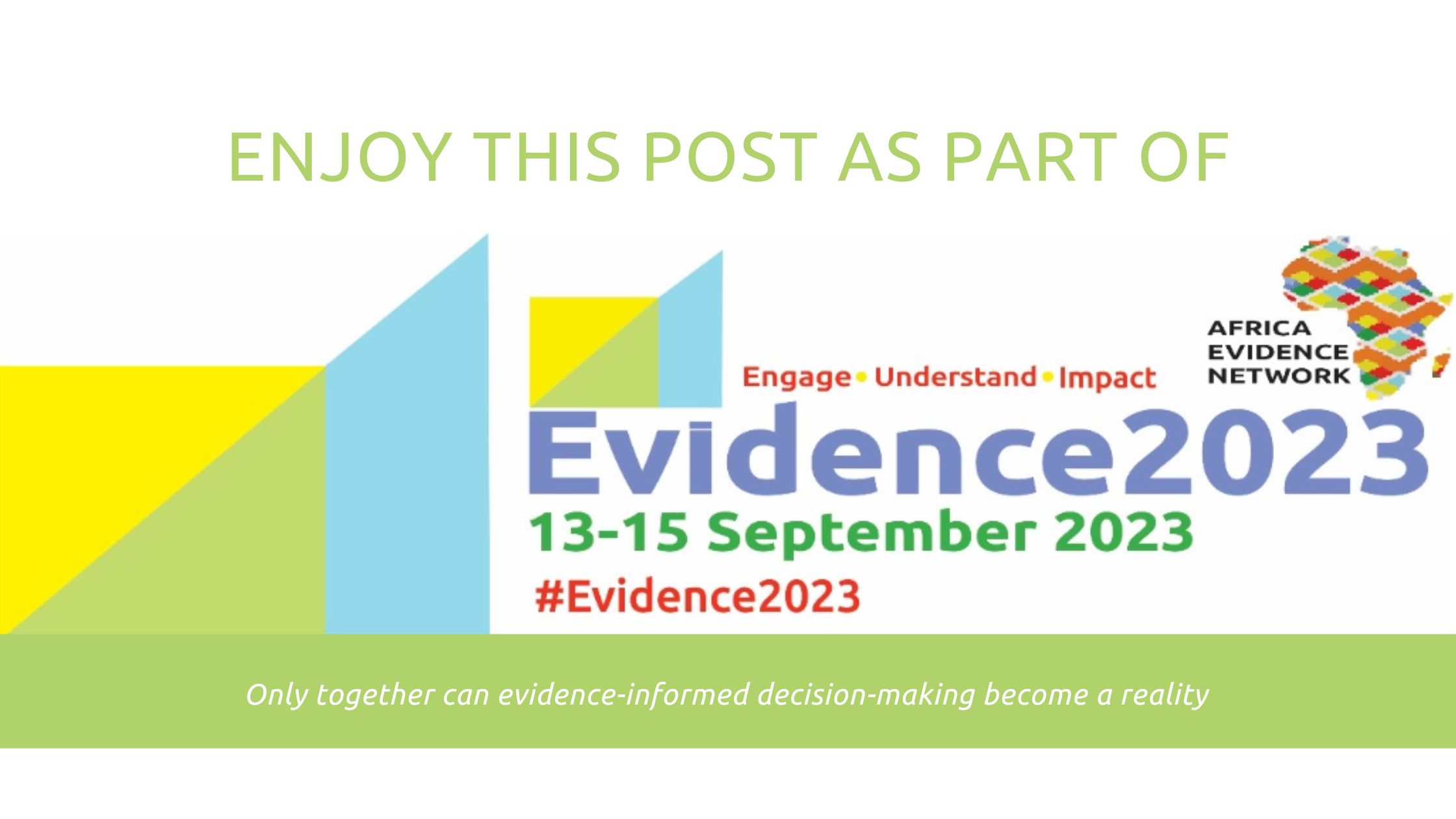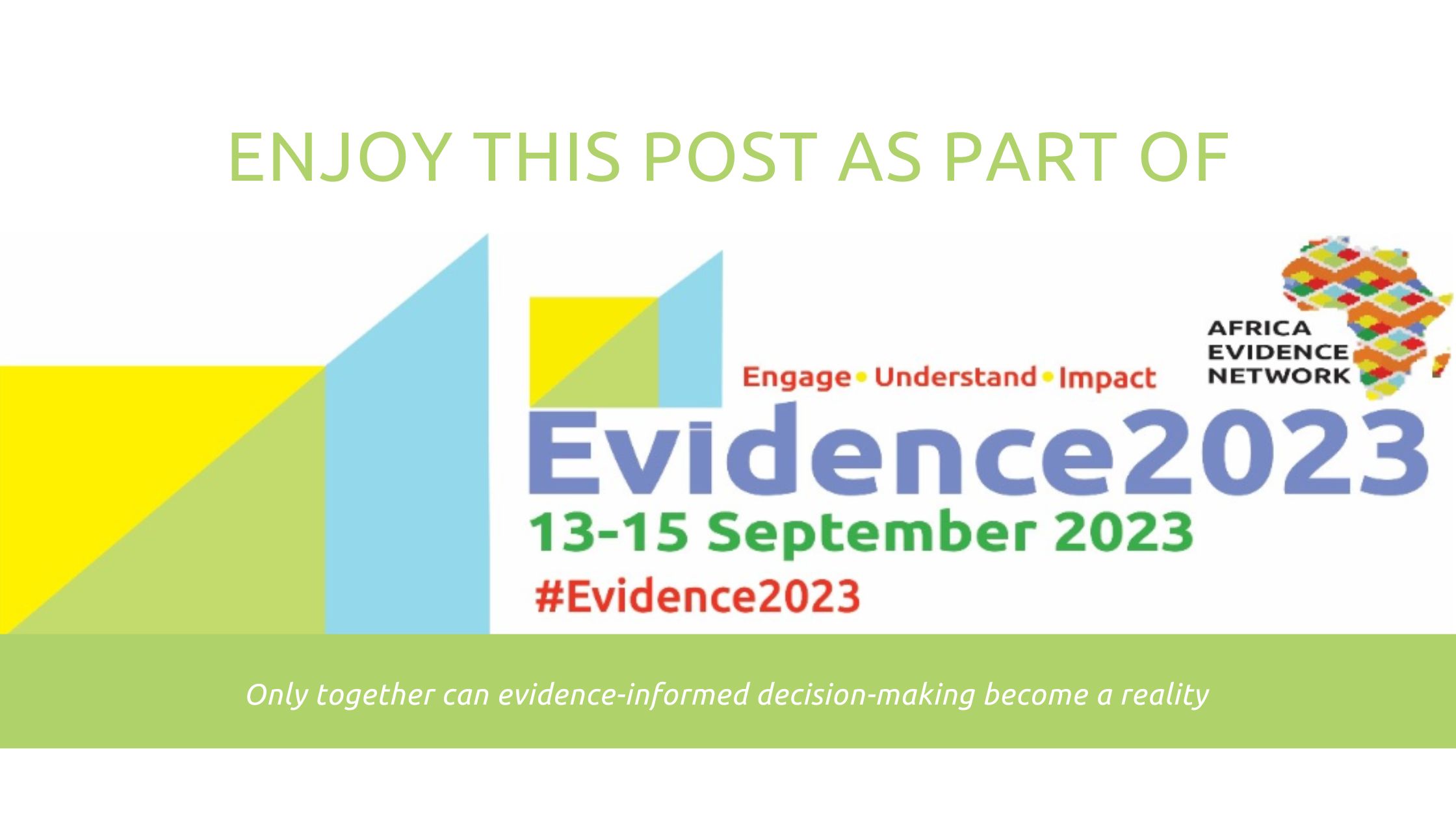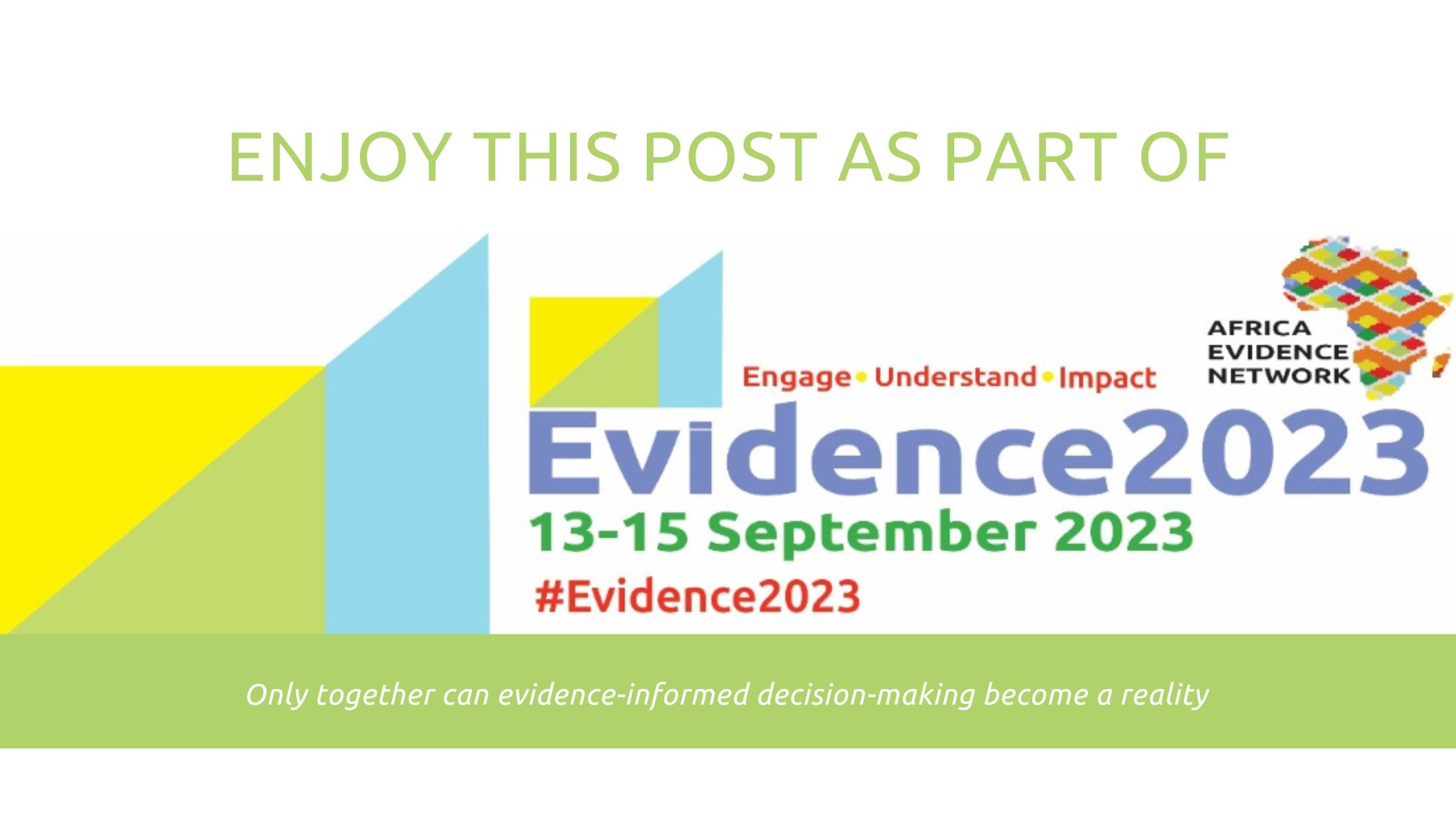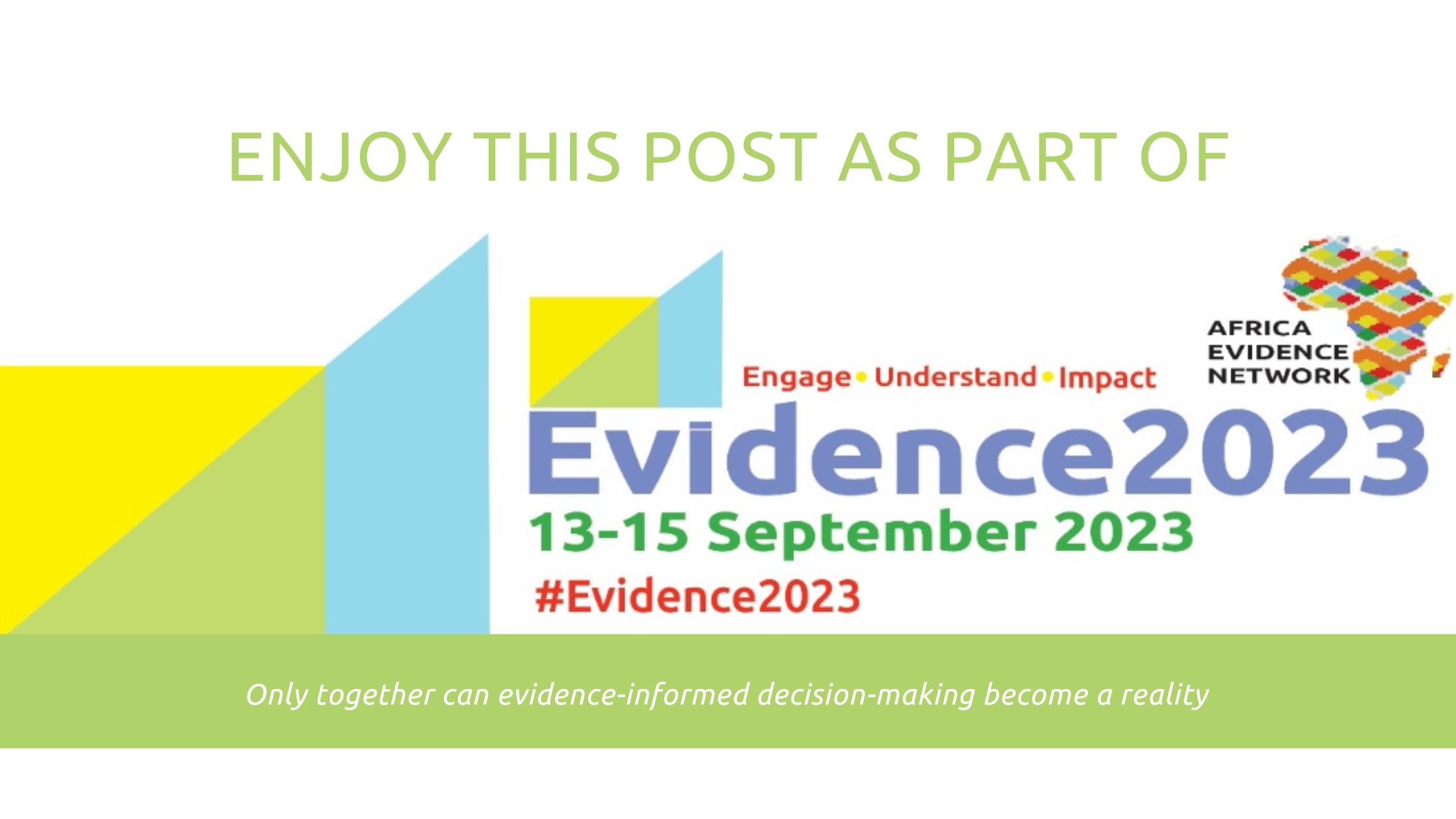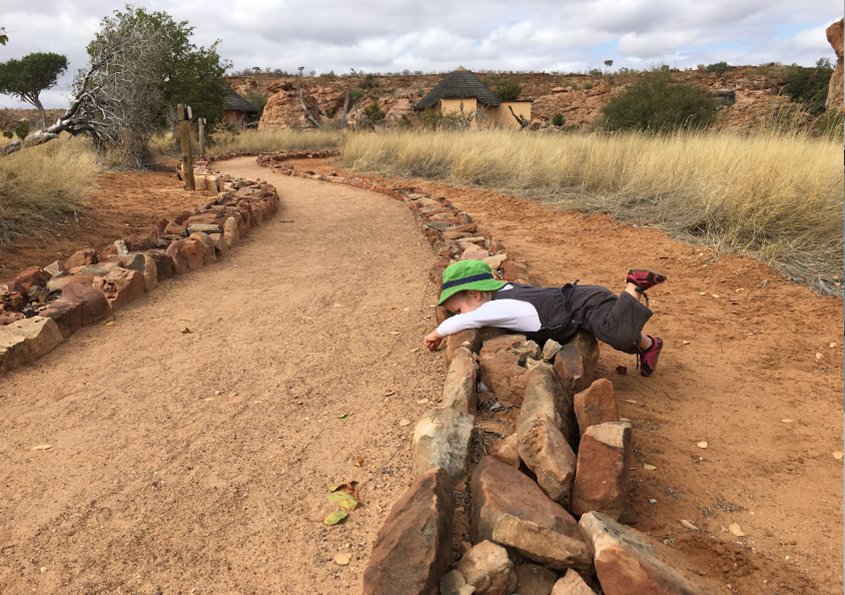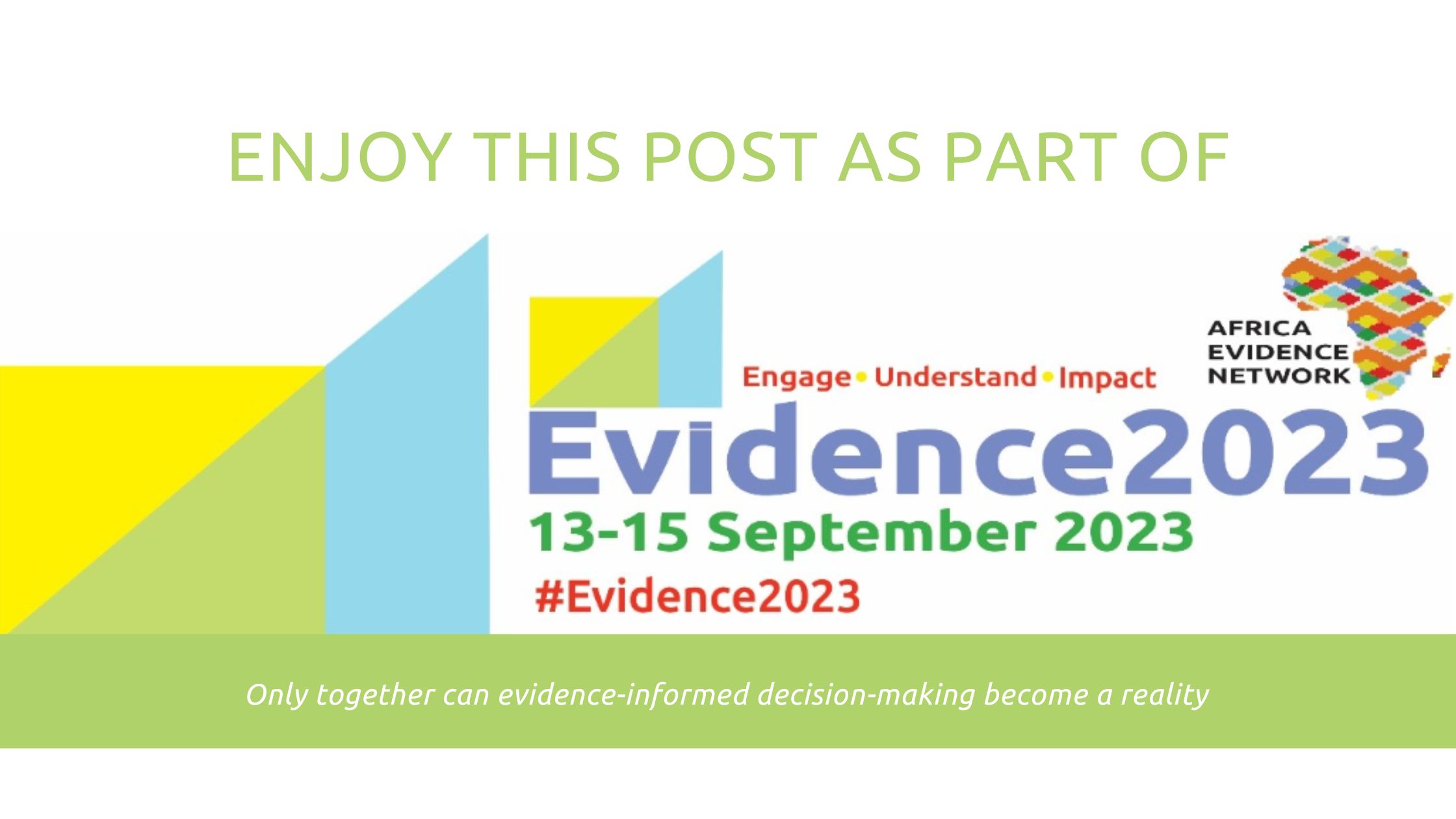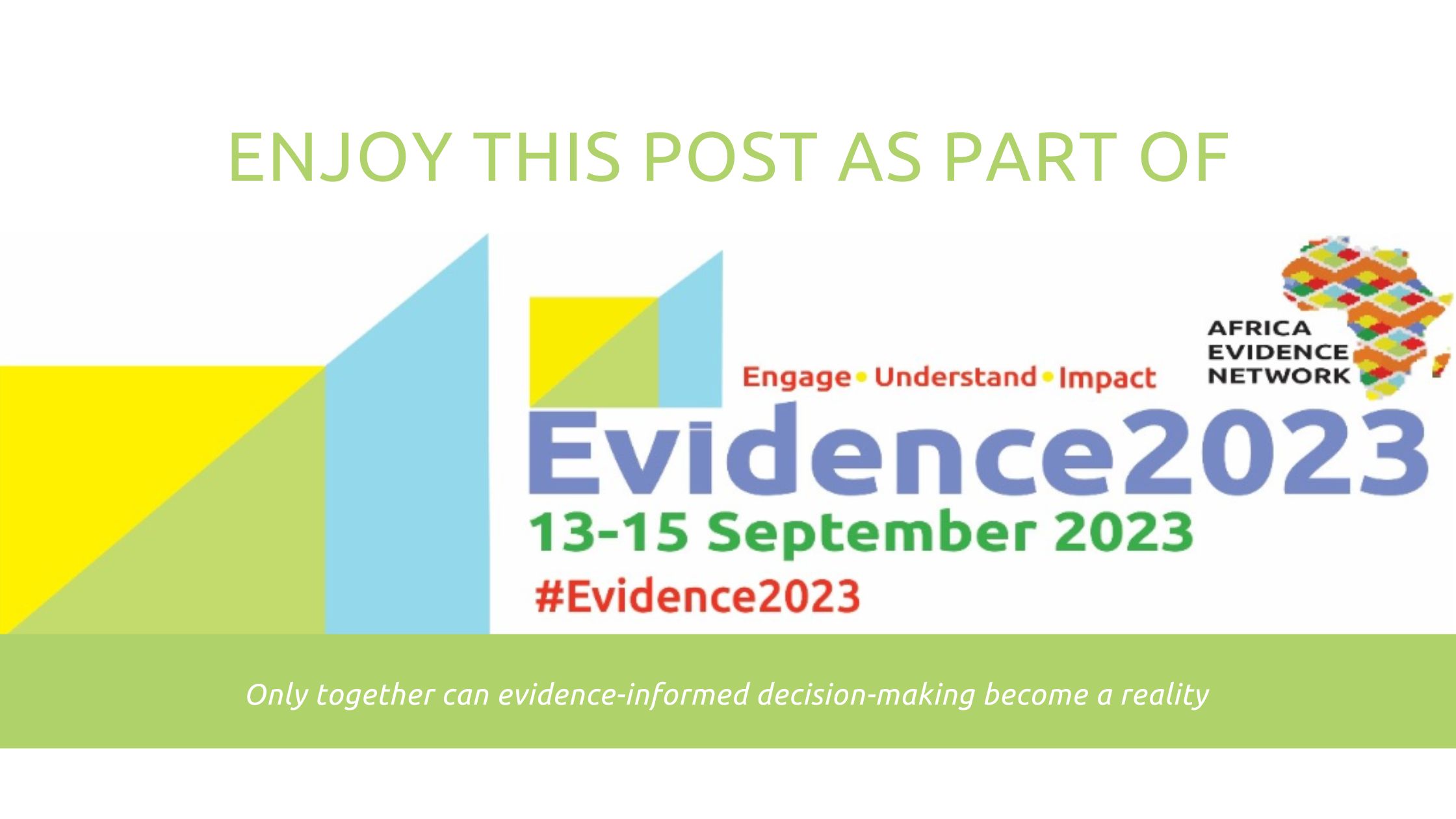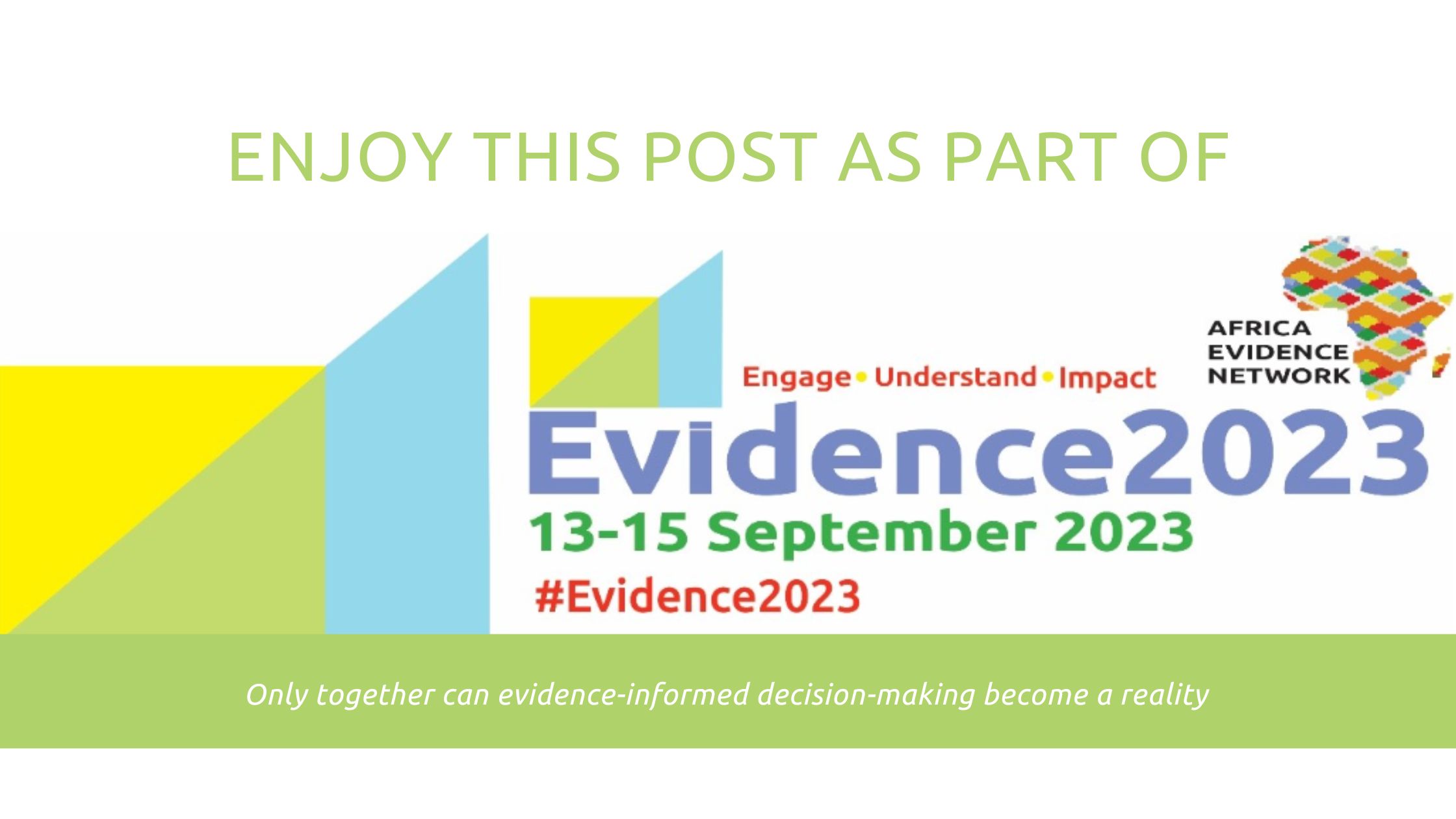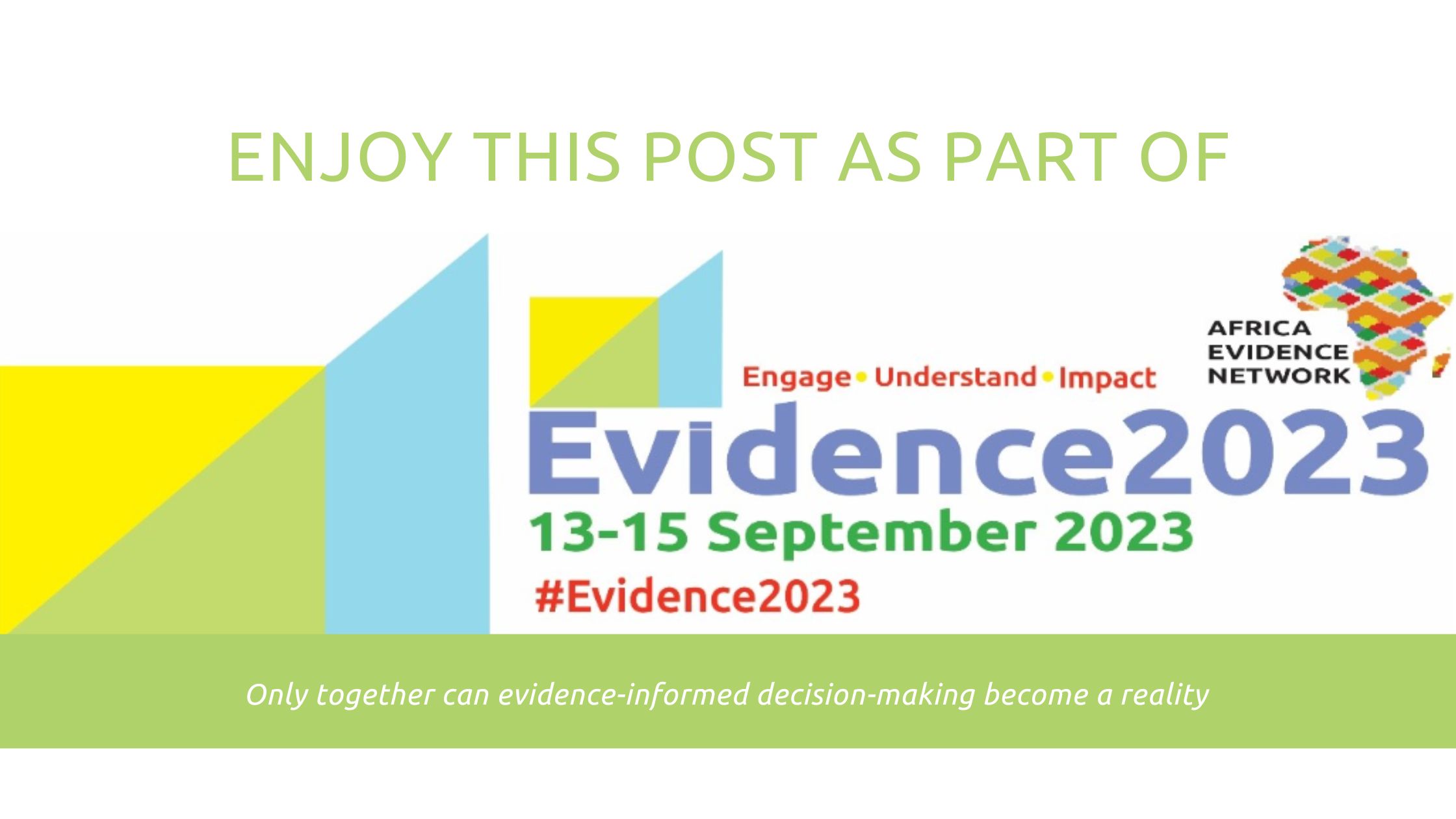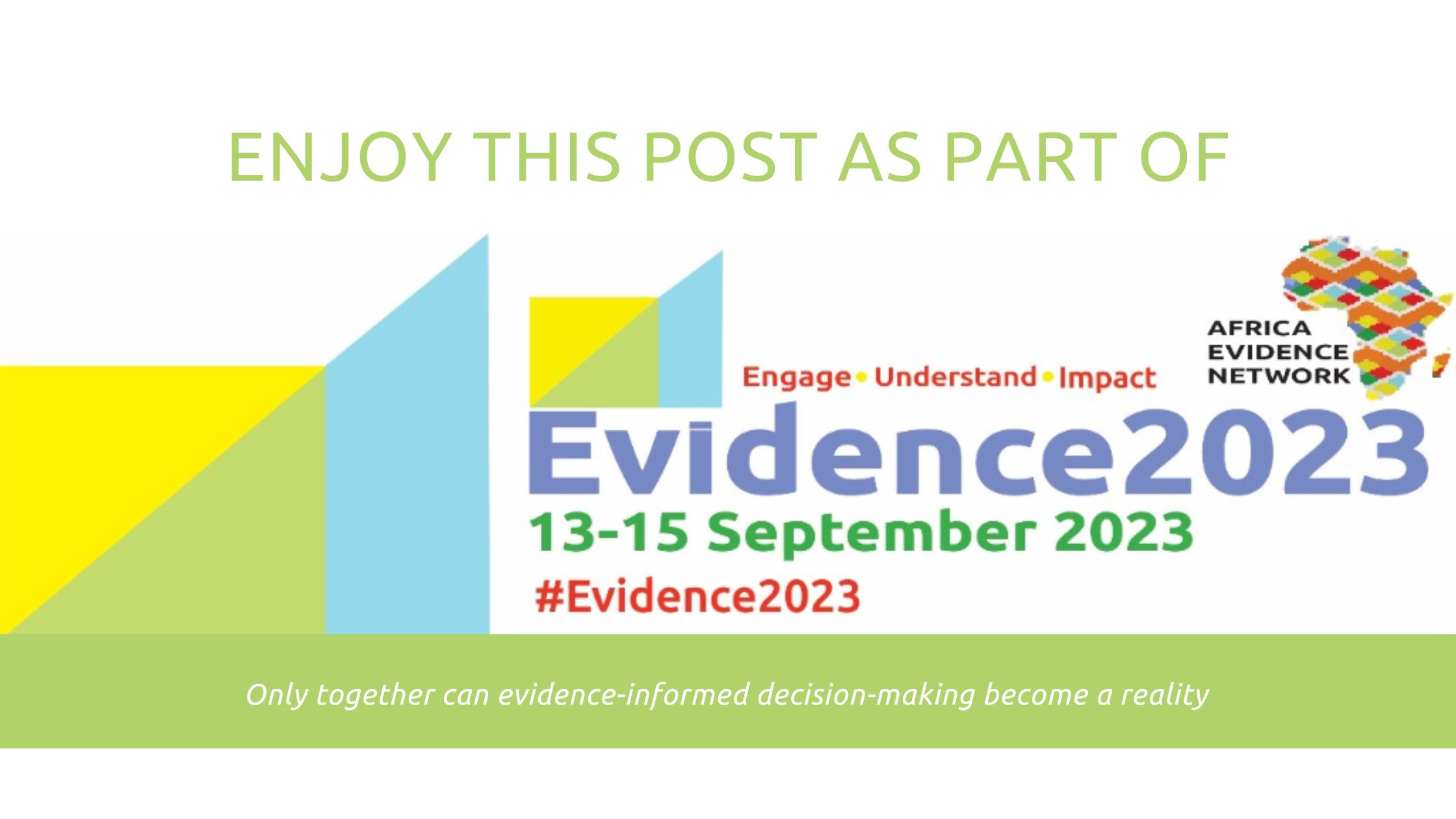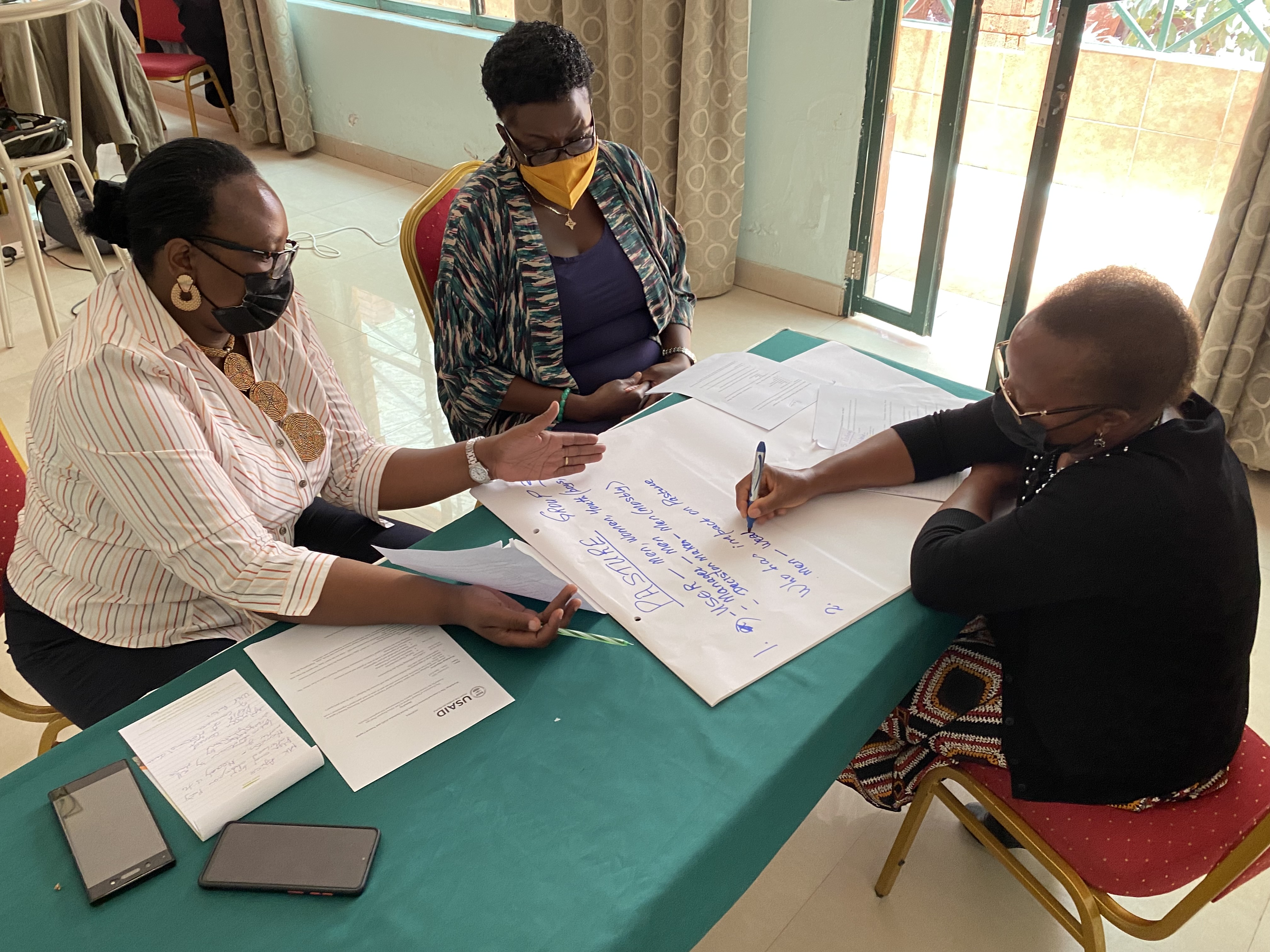
For continued inclusive and sustainable economic growth, Africa’s people and industries rely on natural assets, the maintenance of which are rarely built into businesses’ bottom line. Communities that lack sustainable access to natural resources are highly vulnerable in the “humanitarian-development-peace” nexus: they are more prone to shocks and stresses that drive human displacement, conflict, disease, and hunger. Communities that abound in heathy natural resources are subject to in-migration and crowding from people fleeing degraded or increasingly arid (or flooded) lands. In all cases, strengthening capacities for good governance, evidence-informed planning, and Climate Action (Sustainable Development Goal [SDG] 13) to protect resilience for and to improve Africans’ Life on Land (SDG 15) are fundamental for the decades ahead.
Environmental Incentives partners with government and community organizations to leverage investments to ensure lasting change so that humans and nature can thrive. In this blog, we tell the story of how our work in East Africa—implementing USAID’s Economics of Natural Capital in East Africa Program (NatCap) and USAID’s Measuring Impact II (MI2) Activity—demonstrates how ecosystem valuation linked with scenario planning and locally-led climate-resilient biodiversity programming can help development partners, nations, and communities identify shared priorities, develop strategies that work, and take collective action to effect regional change.
Policymakers from the East African Community (EAC) and partner states Burundi, Kenya, Rwanda, South Sudan, Tanzania, and Uganda recognized critical threats to iconic wildlife landscapes and the need to develop regional evidence-informed policies to protect them. A collective decision-making body, the EAC sought to gather landscape-level evidence and cross-sectoral stakeholder input, then connect that evidence to policy actions. In 2019, USAID contracted EI, through NatCap, to provide needed evidence and strengthen regional policy dialogue.
The NatCap team facilitated a series of workshops to inform the study design, during which EAC Partner State Representatives and stakeholders identified shared goals and selection criteria for areas of study. The group collectively selected four landscapes based on ecological importance, economic prospects, feasibility of managing transboundary habitat, and viability of using natural capital findings to improve decisions and inspire action.
NatCap acquired evidence three ways: we combed through existing literature, collected global geospatial and local datasets (including those supplied by Partner State colleagues), and generated new evidence with key informant interviews and focus groups. We developed analyses that assigned monetary value to nine different ecosystem services. After validating these results and adjusting based on stakeholder feedback, our team developed “business as usual” 30-year scenarios that—given no changes in current policies—projected the impacts of climate change and population growth on the quality and quantity of natural capital.
Finally, for scaled-down recommendations related to specific iconic species and habitats, we applied these findings in USAID’s conservation planning context using the Conservation Standards framework. When assessing ecosystem and species vulnerability to climate change, scientists look at a variety of factors like tolerance to temperature and water availability as well as adaptability to new conditions. Using vulnerability information alongside projections of climate change, population growth, and other long-term changes, researchers can better predict which ecosystems, species, and services are least likely to meet a population’s need in the future. In this way, we used climate-resilient biodiversity programming to “close the loop” in natural capital or ecosystem evaluation-informed decision making.
Step 2: Build stakeholder capacity for impactful engagement
At the beginning of the project, many key stakeholders did not have sufficient understanding of natural capital valuation to respond effectively to the study results. In response, we worked with USAID to develop a stakeholder capacity strengthening initiative. We provided instruction on the metrics and methods used to measure changes in natural capital stocks, how assessment results may be interpreted and tested, and how to integrate natural capital into management and policy-making processes. A capacity needs assessment and evaluations indicated that following our intervention participants were substantially more ready to participate in natural capital valuation and to validate and apply the findings of ours and similar studies.
Using USAID’s How-To Guides for Biodiversity Programming, EAC stakeholders applied the study findings to a logical framework called a situation model, building in the current and future climate change impacts on key natural resources. We modeled scenarios using climate-resilient planning, enabling stakeholders to logically determine and prioritize strategic actions to conserve or enhance natural capital. By using evidence about climate vulnerability, developing future scenarios, and applying what we know about socio-ecological systems, businesses, governments, and civil society, participants made more evidence-informed and transparent decisions to allocate limited resources and safeguard future resilience.
Step 4: Leverage collaboration to drive change
NatCap sought to improve the conservation and management of transboundary landscapes by directly connecting evidence generation to stakeholder engagement and action planning. We developed a stakeholder engagement plan to catalyze external involvement and by NatCap’s close, we incorporated substantive input from more than 360 local, national, and regional stakeholders. We facilitated a collaborative effort for stakeholders to develop a valuation-informed Action Plan that included milestones to develop a baseline, assess achievements, and adapt approaches along the way. As a result, stakeholders believed in the evidence used, engaged in decision-making, and were prepared to collaboratively implement the Action Plan to manage shared natural capital across national boundaries.
Conclusion
This case study is an example of strengthening capacity and using evidence to build genuine, collaborative, impactful partnerships between development partners, governments, and local organizations. Through NatCap, our team collaborated with a cohort of decision makers across Burundi, Kenya, Rwanda, South Sudan, Tanzania, and Uganda. These champions determined what evidence was gathered through co-design, validated our assessment results, and adopted an Action Plan informed by that evidence. Today, development partners and policy makers alike can confidently and collaboratively make decisions informed by evidence that is well reasoned, broadly supported, and ready for investment. Future efforts can use this model for transparent, collective action toward shared goals, improving both collective climate action and, ultimately, human life across all of Africa’s land.
Acknowledgements: The author(s) is solely responsible for the content of this article, including all errors or omissions; acknowledgements do not imply endorsement of the content. The author is grateful to Siziwe Ngcwabe and the Africa Evidence Network team for their guidance in the preparation and finalisation of this article as well as their editorial support.
Disclaimer: The views expressed in published blog posts, as well as any errors or omissions, are the sole responsibility of the author/s and do not represent the views of the Africa Evidence Network, its secretariat, advisory or reference groups, or its funders; nor does it imply endorsement by the afore-mentioned parties.

